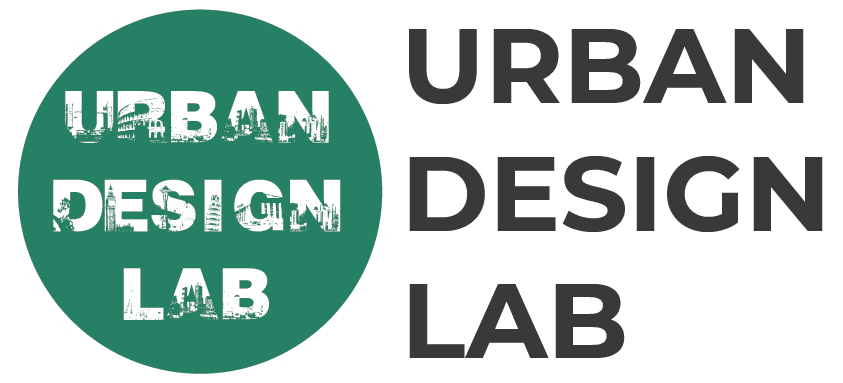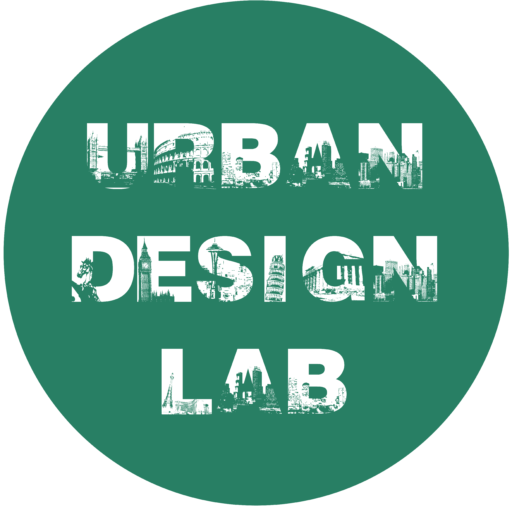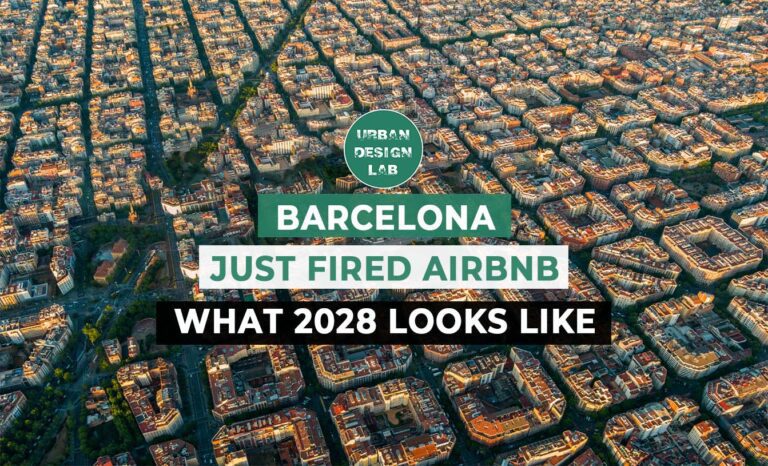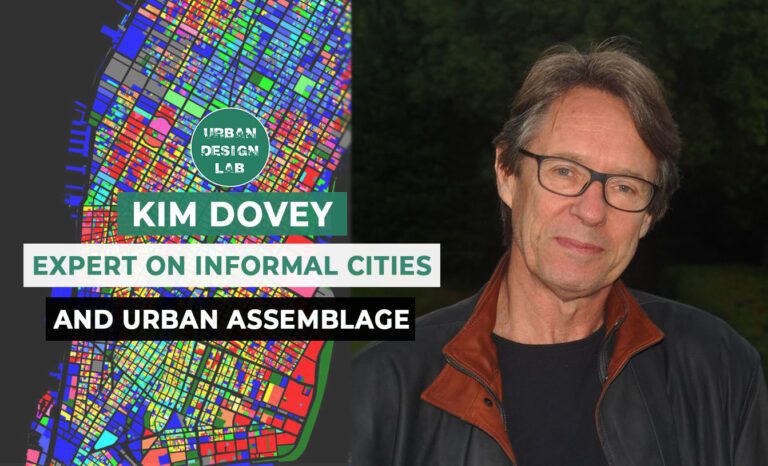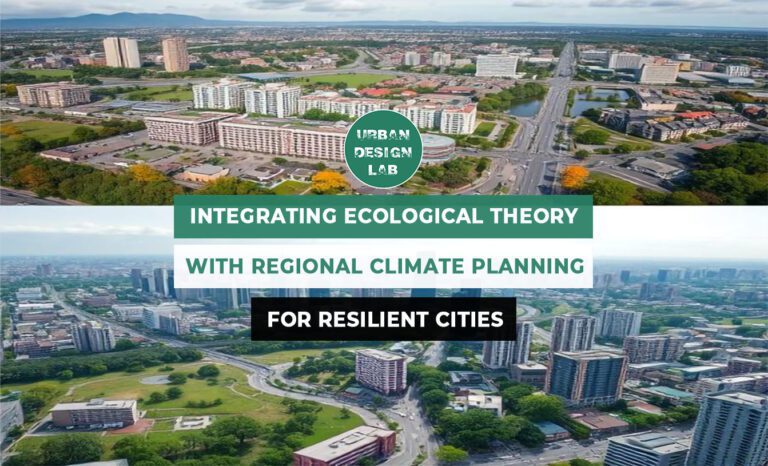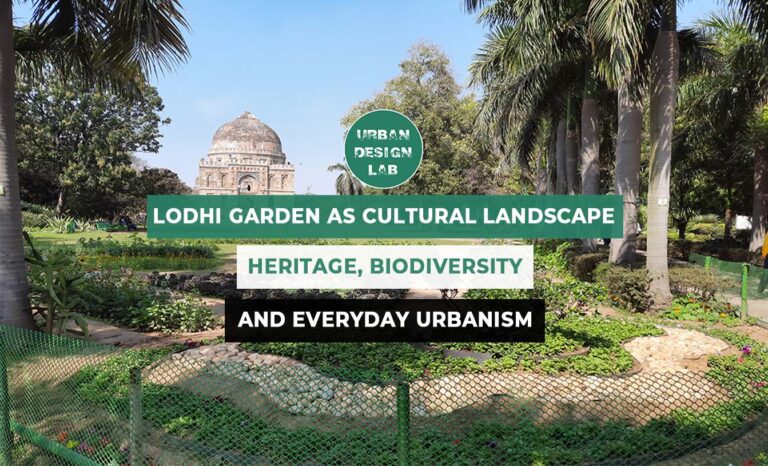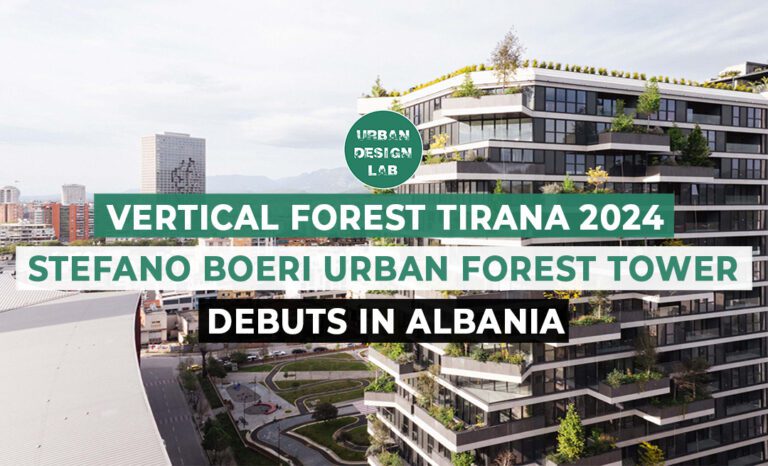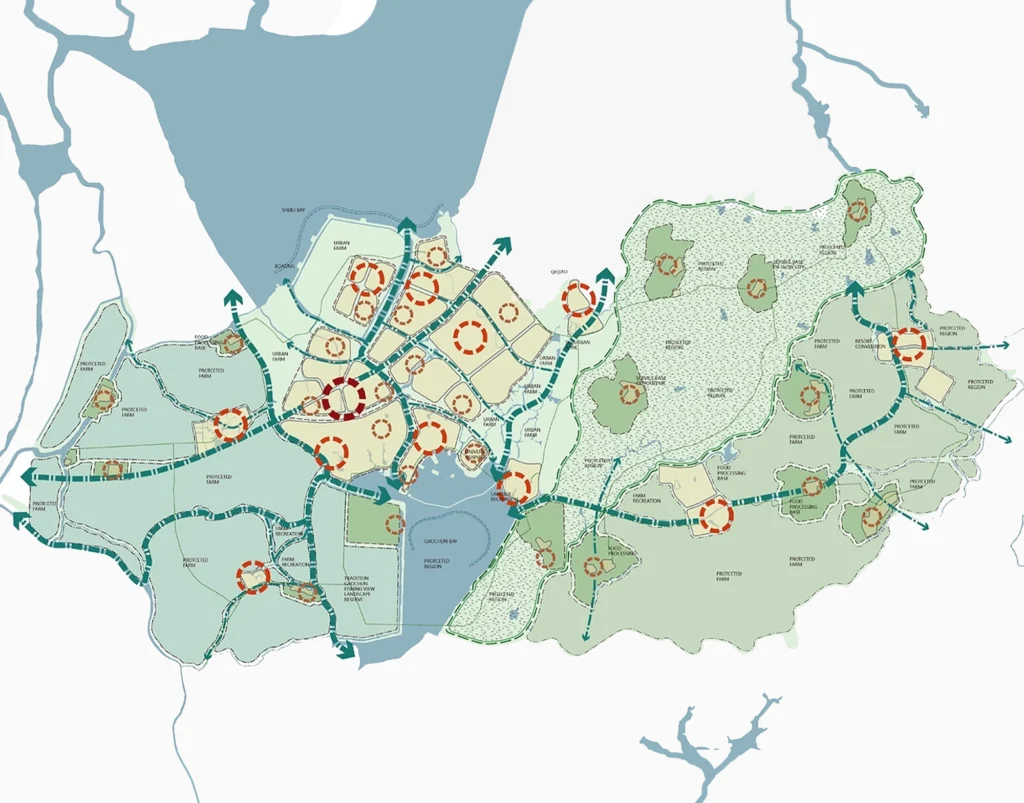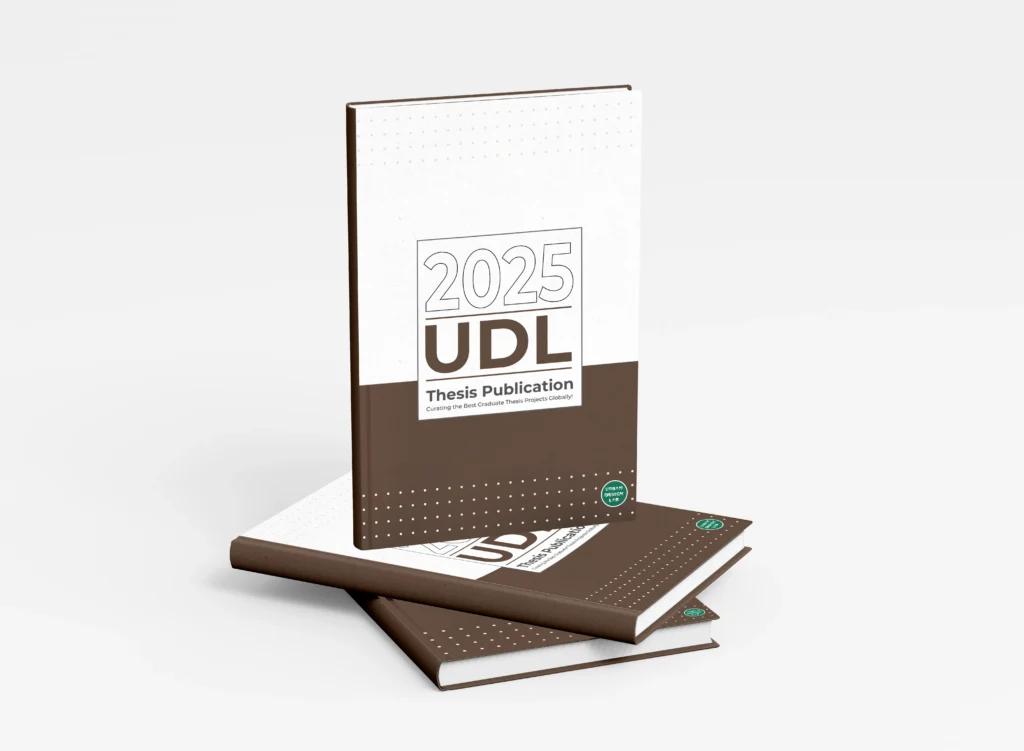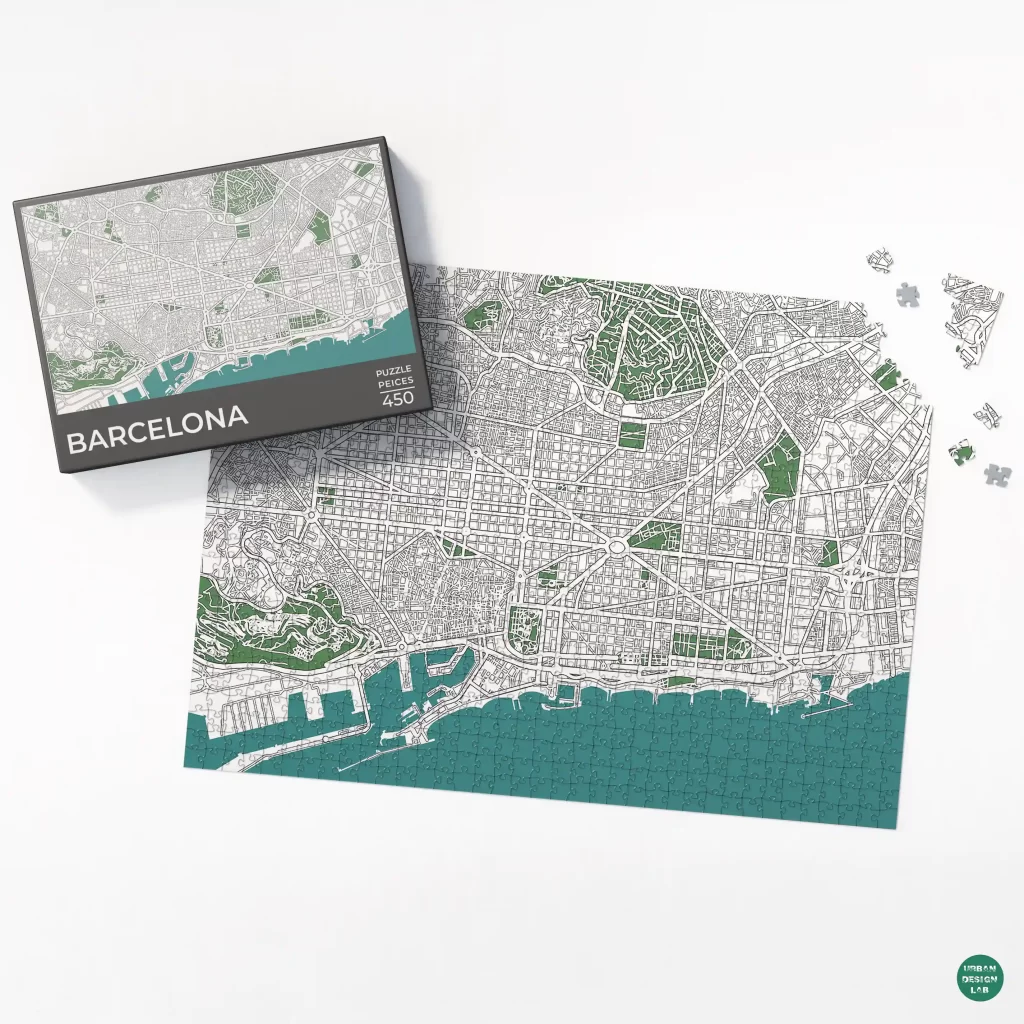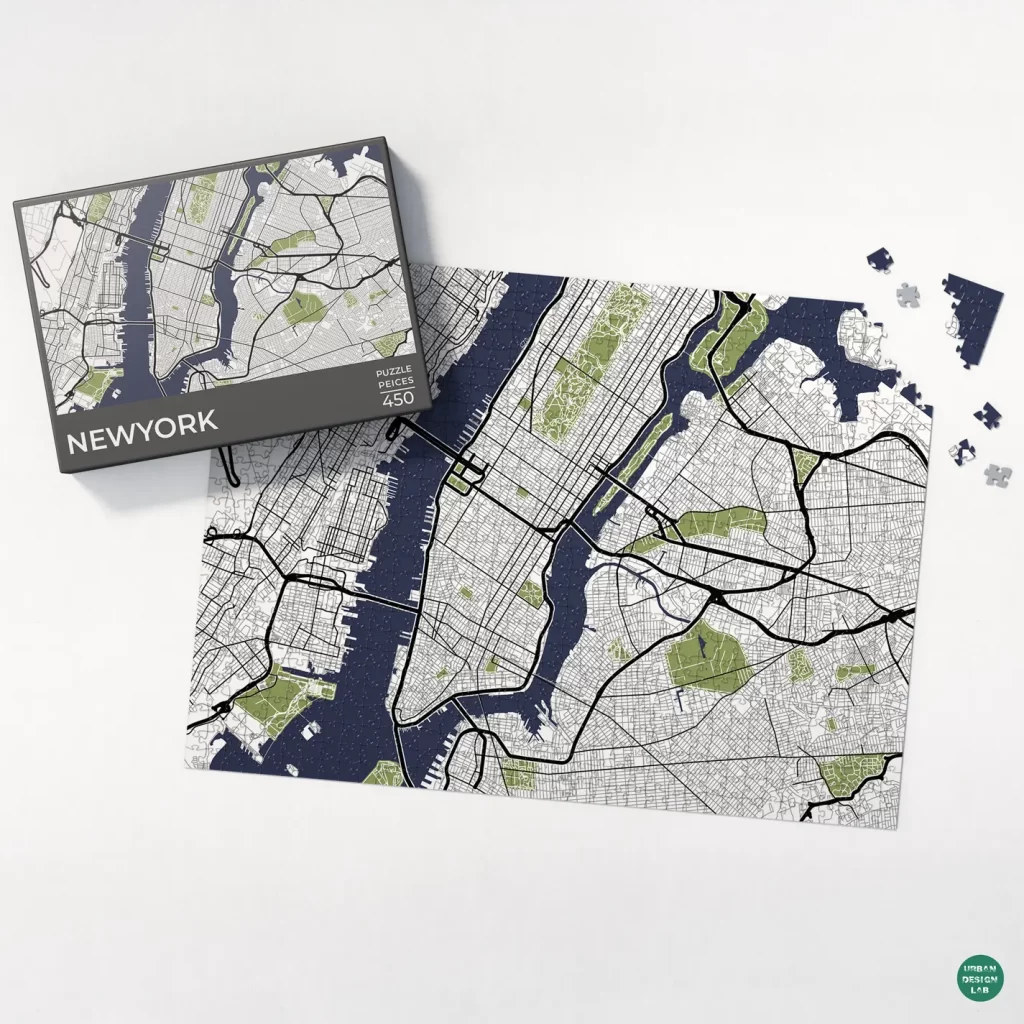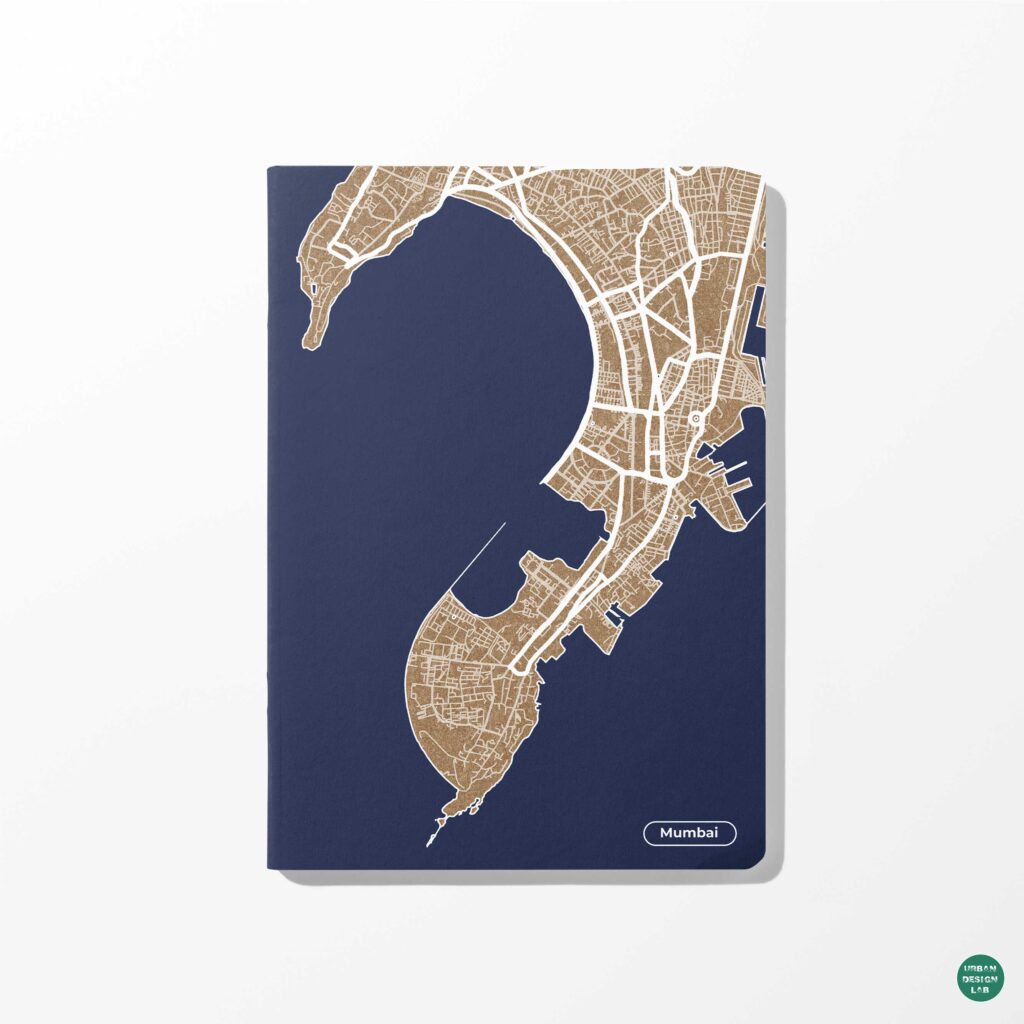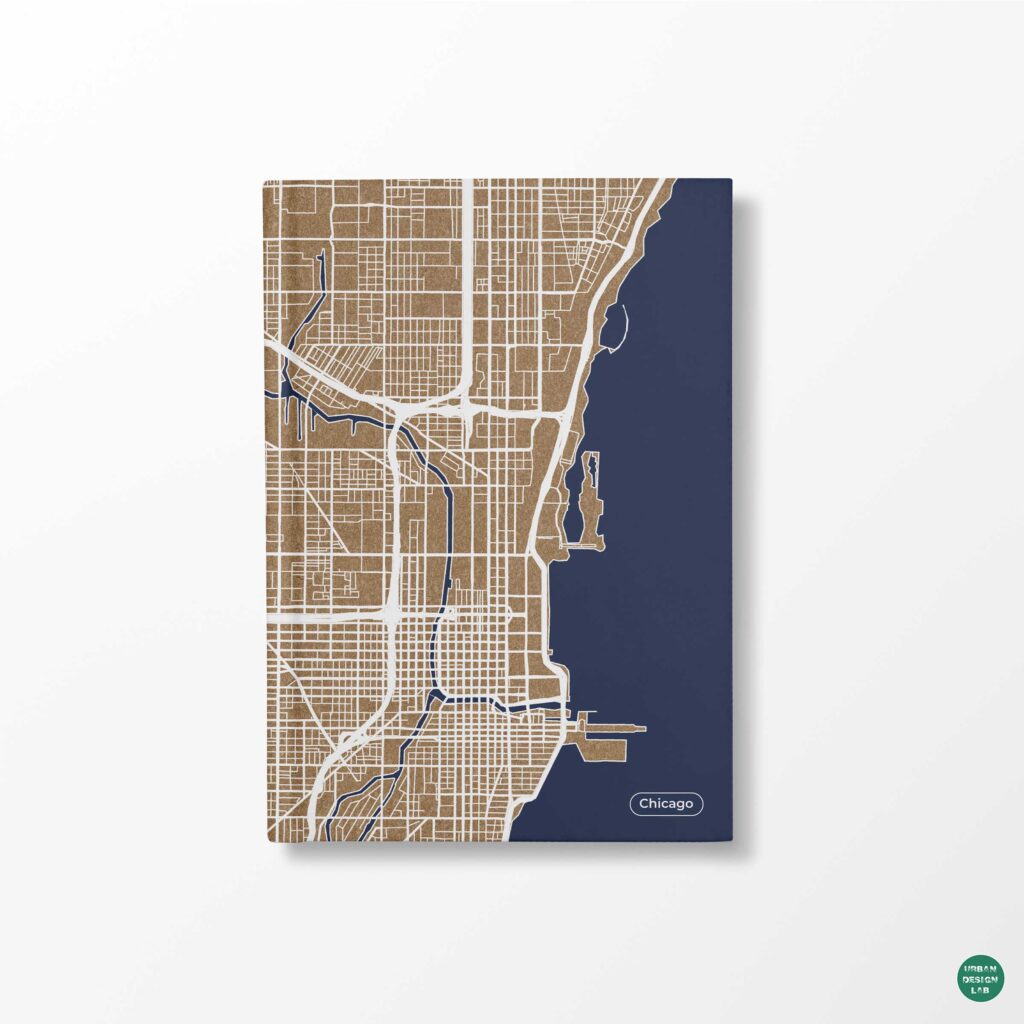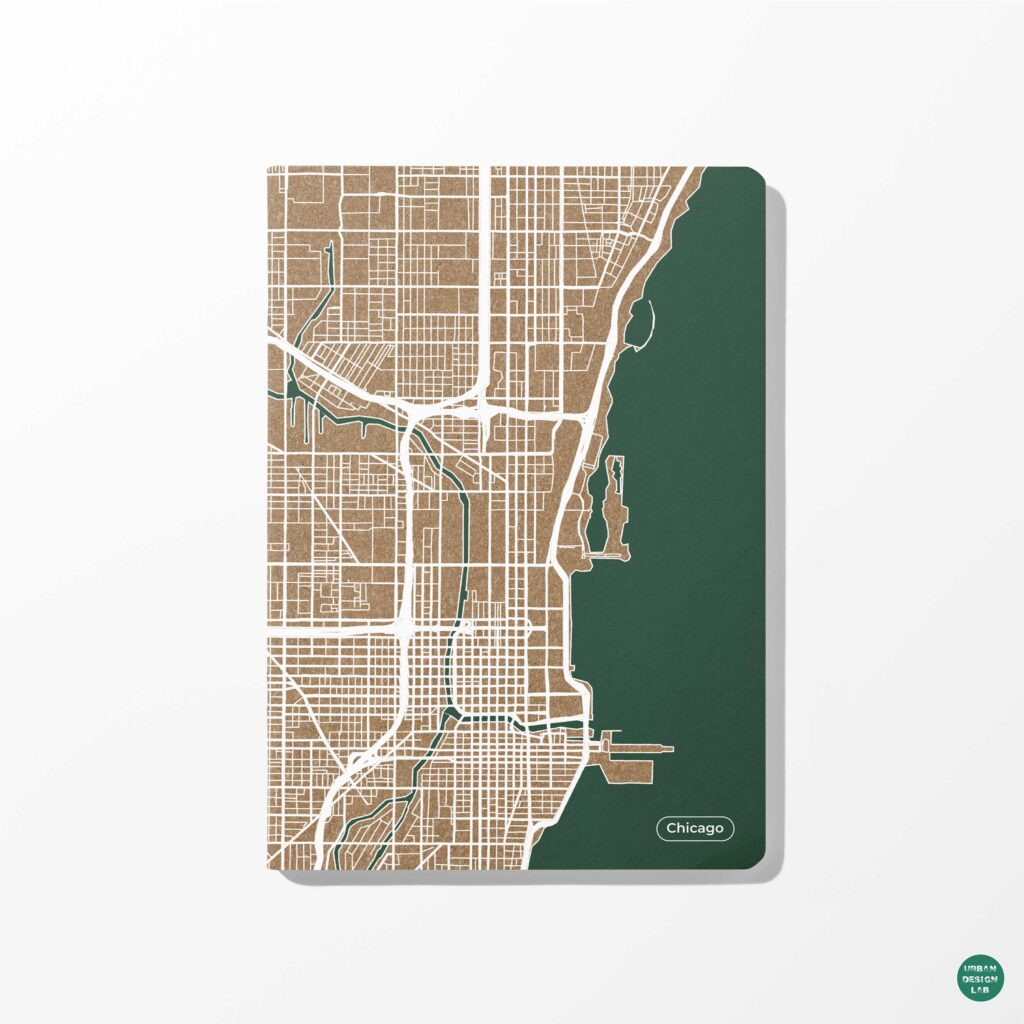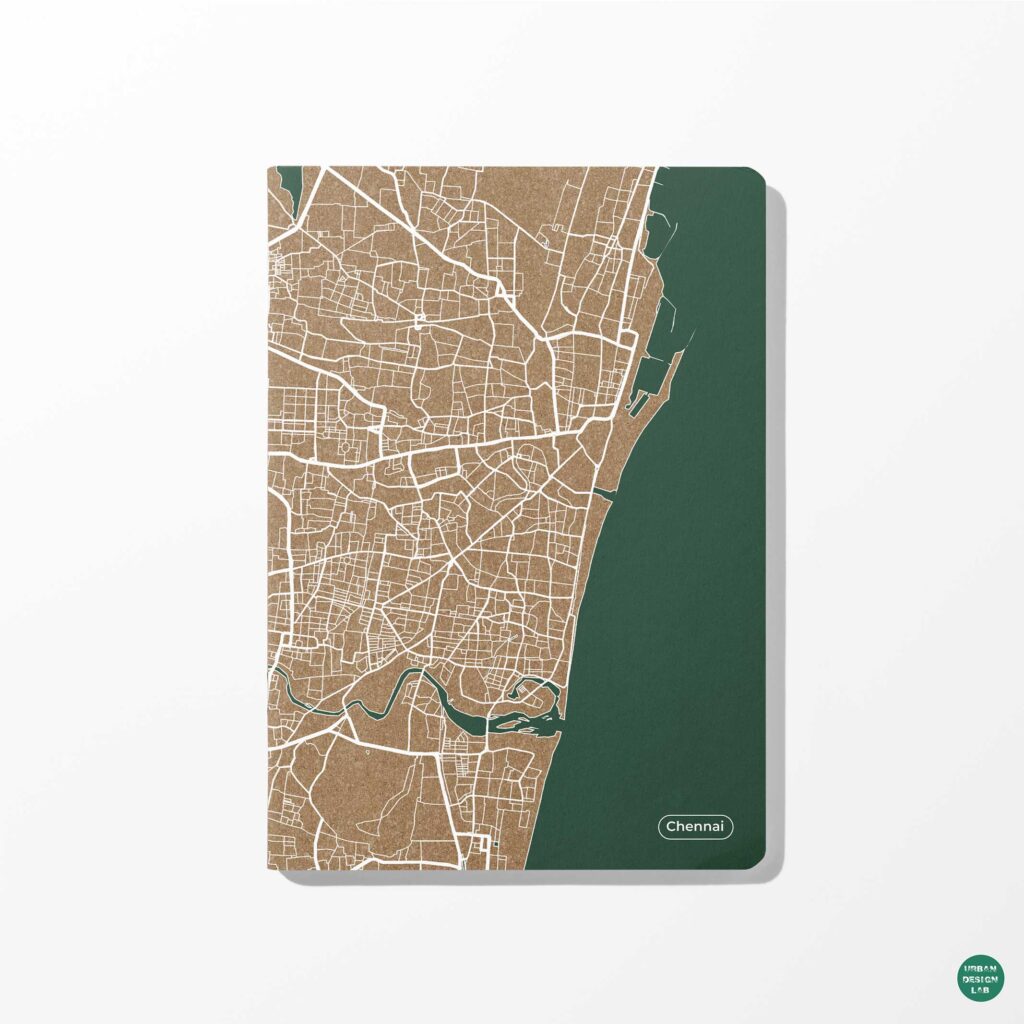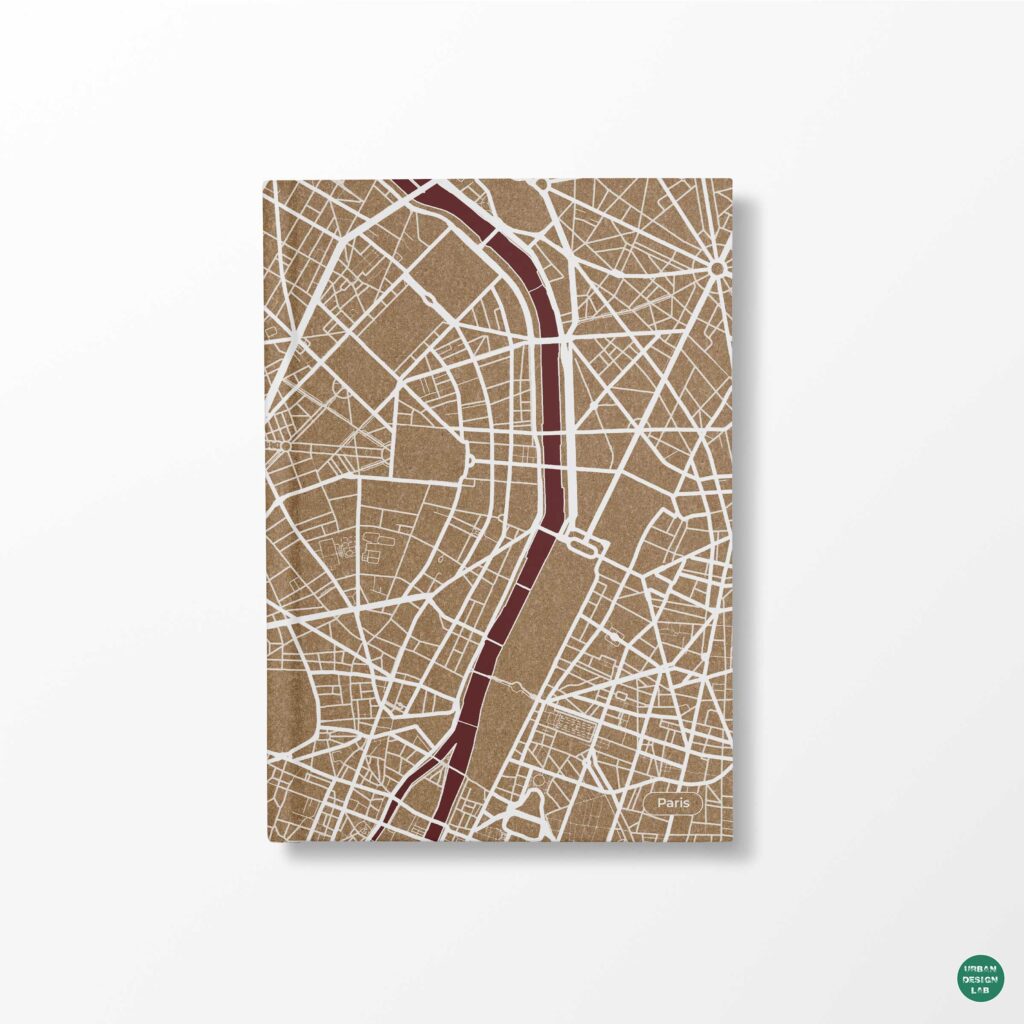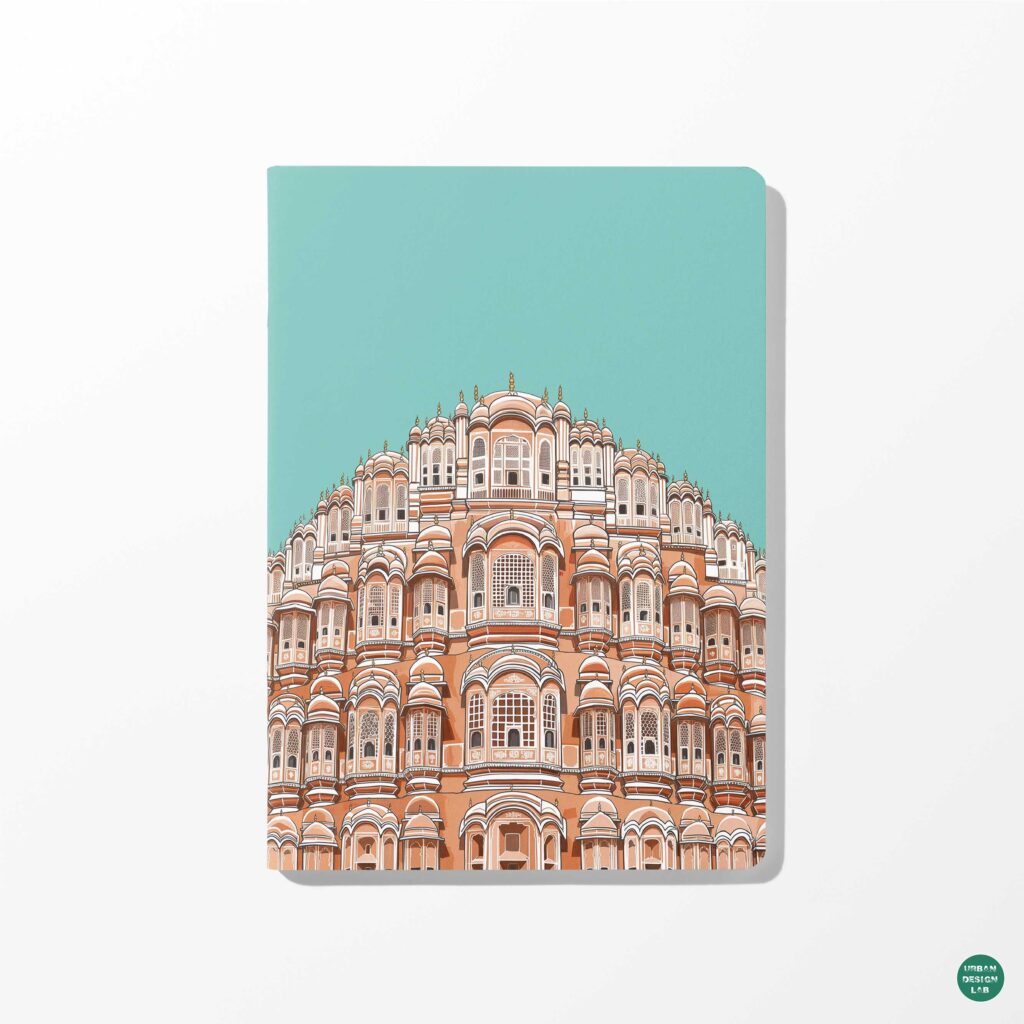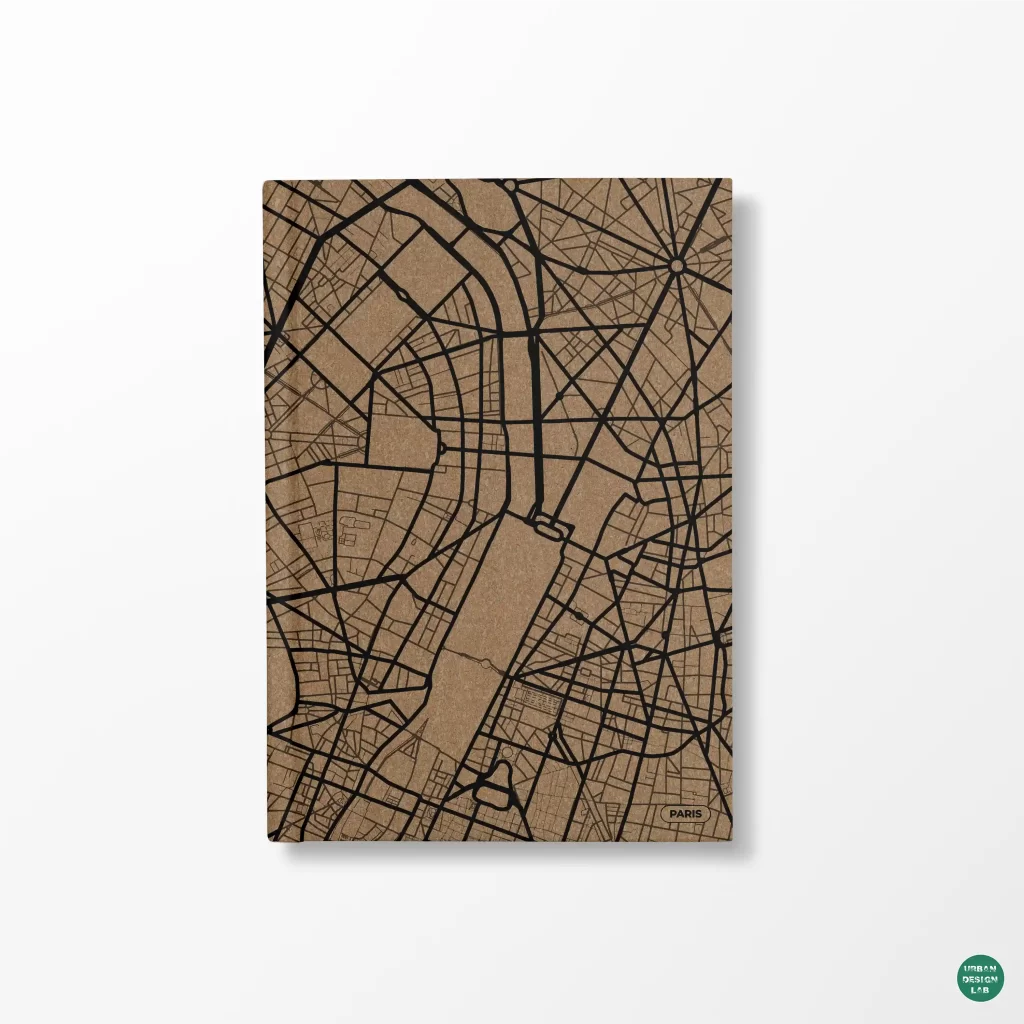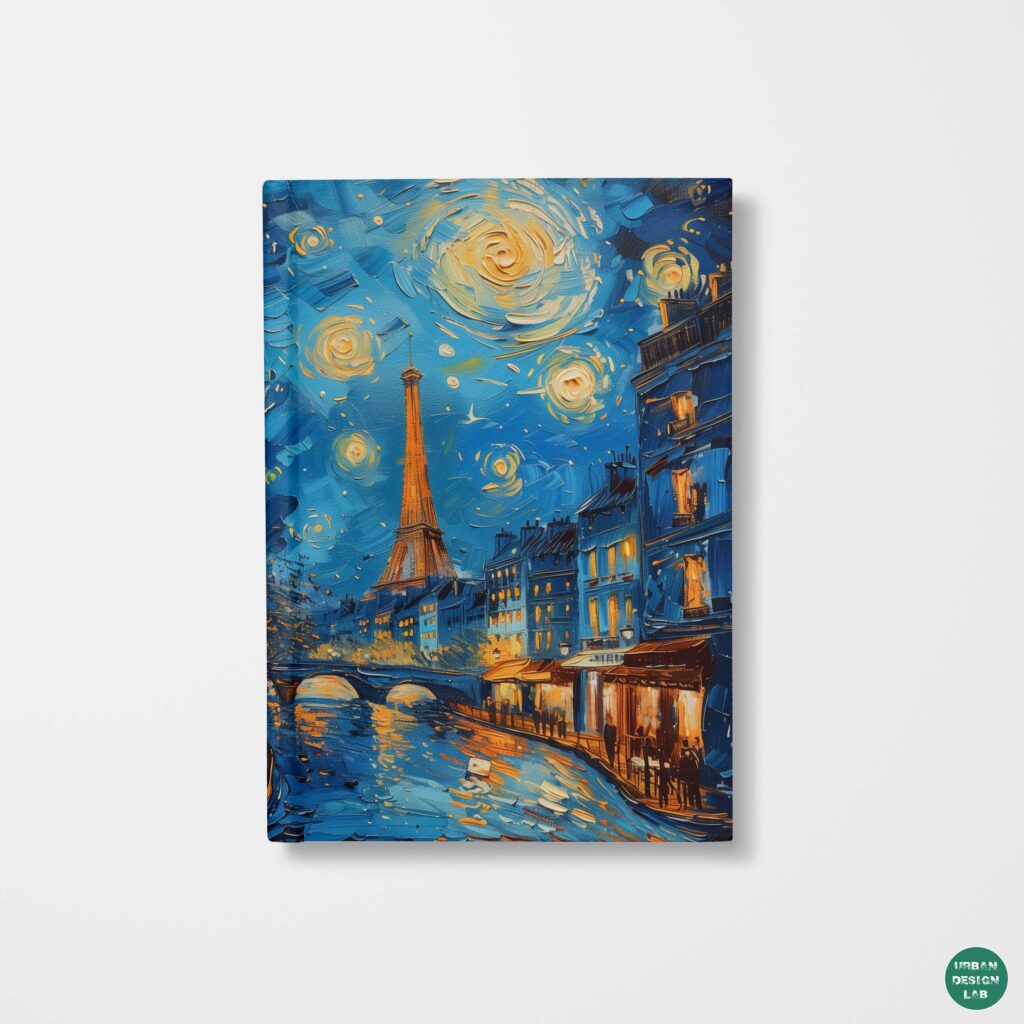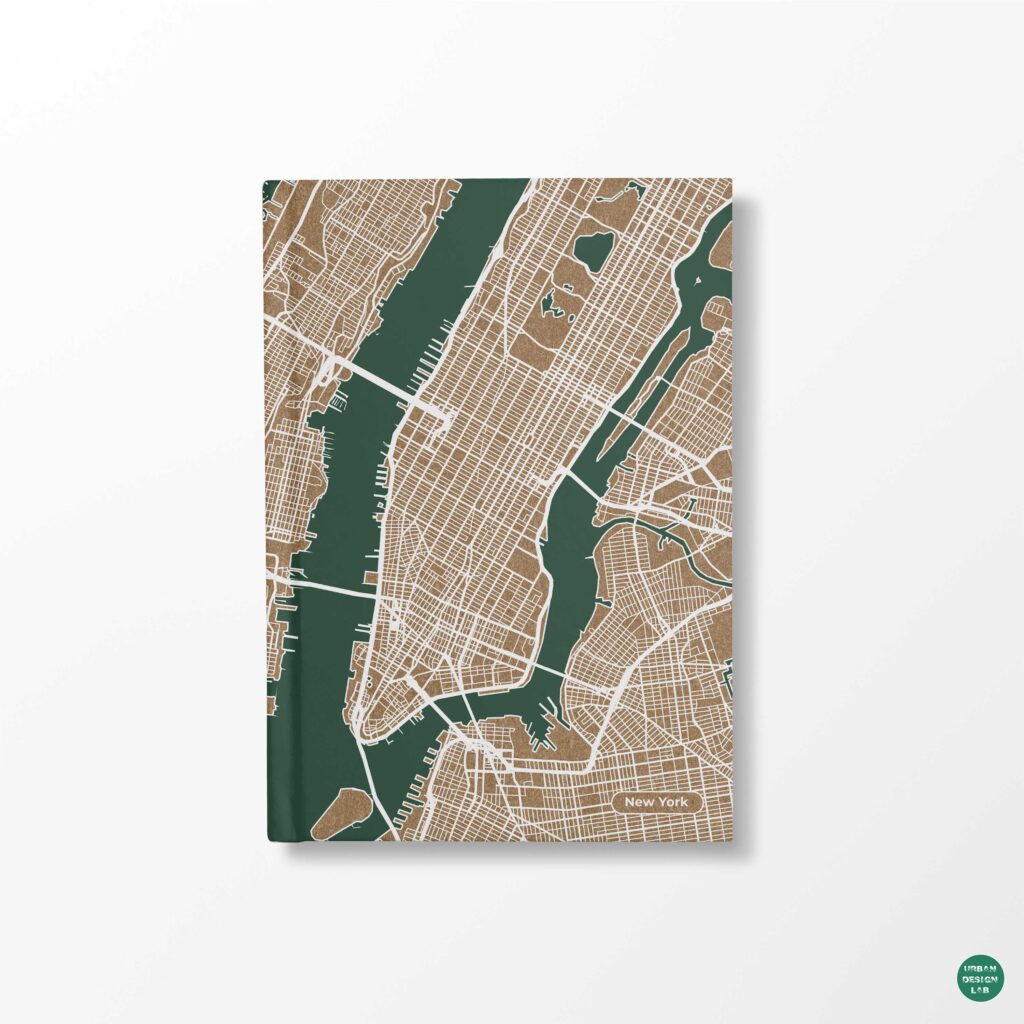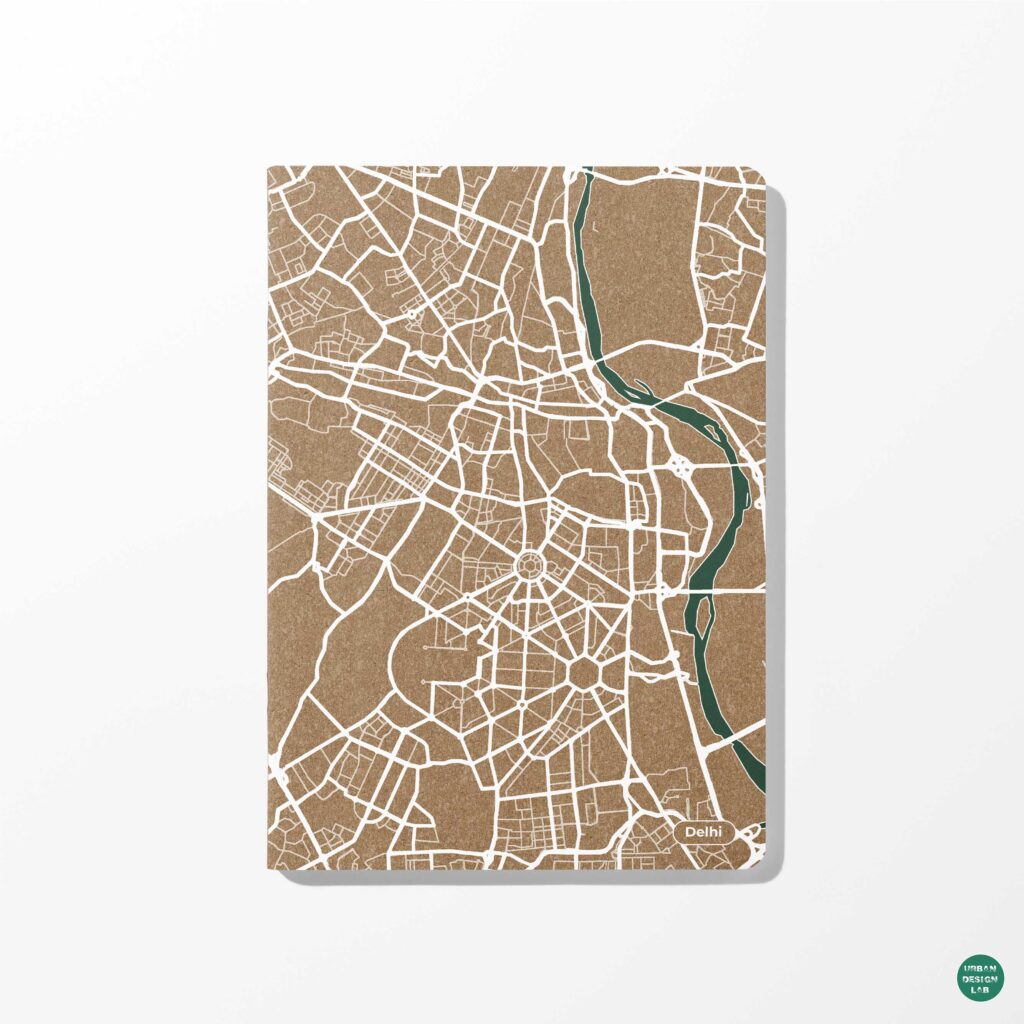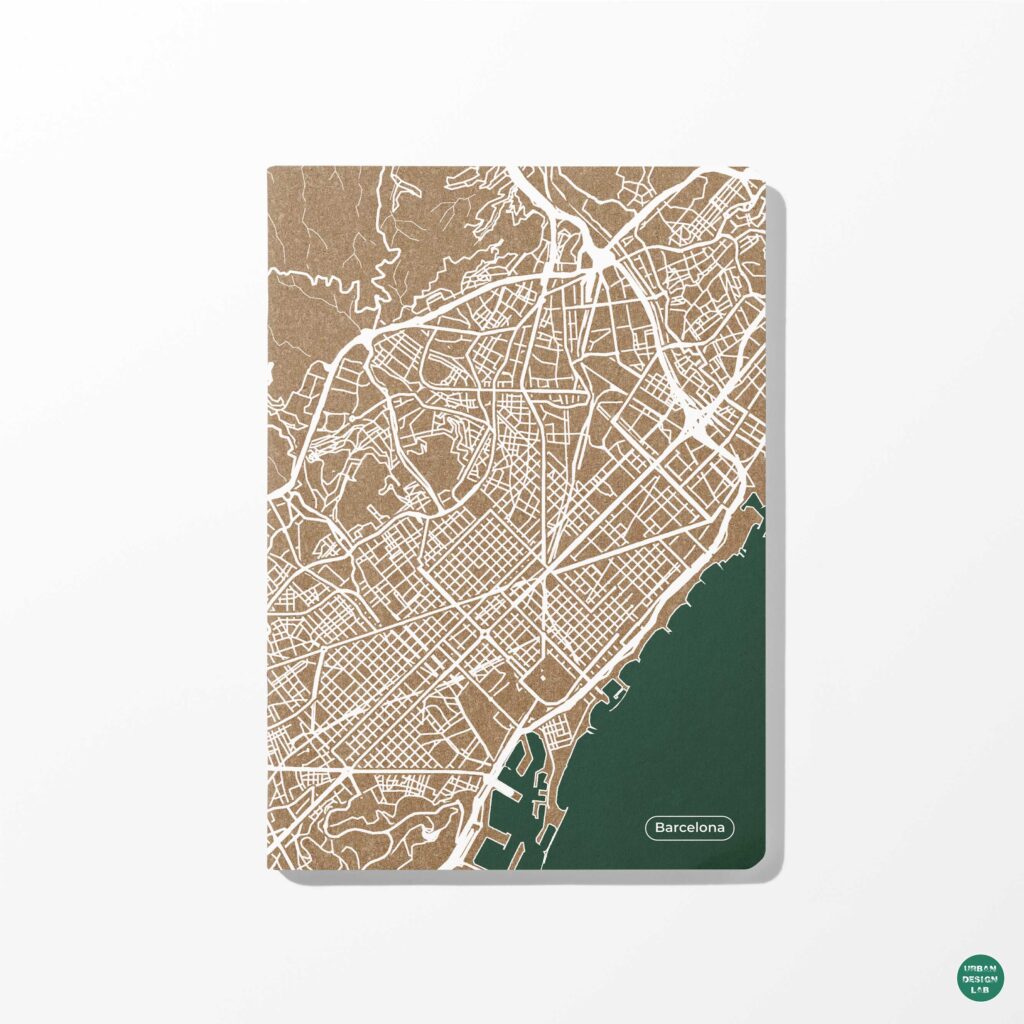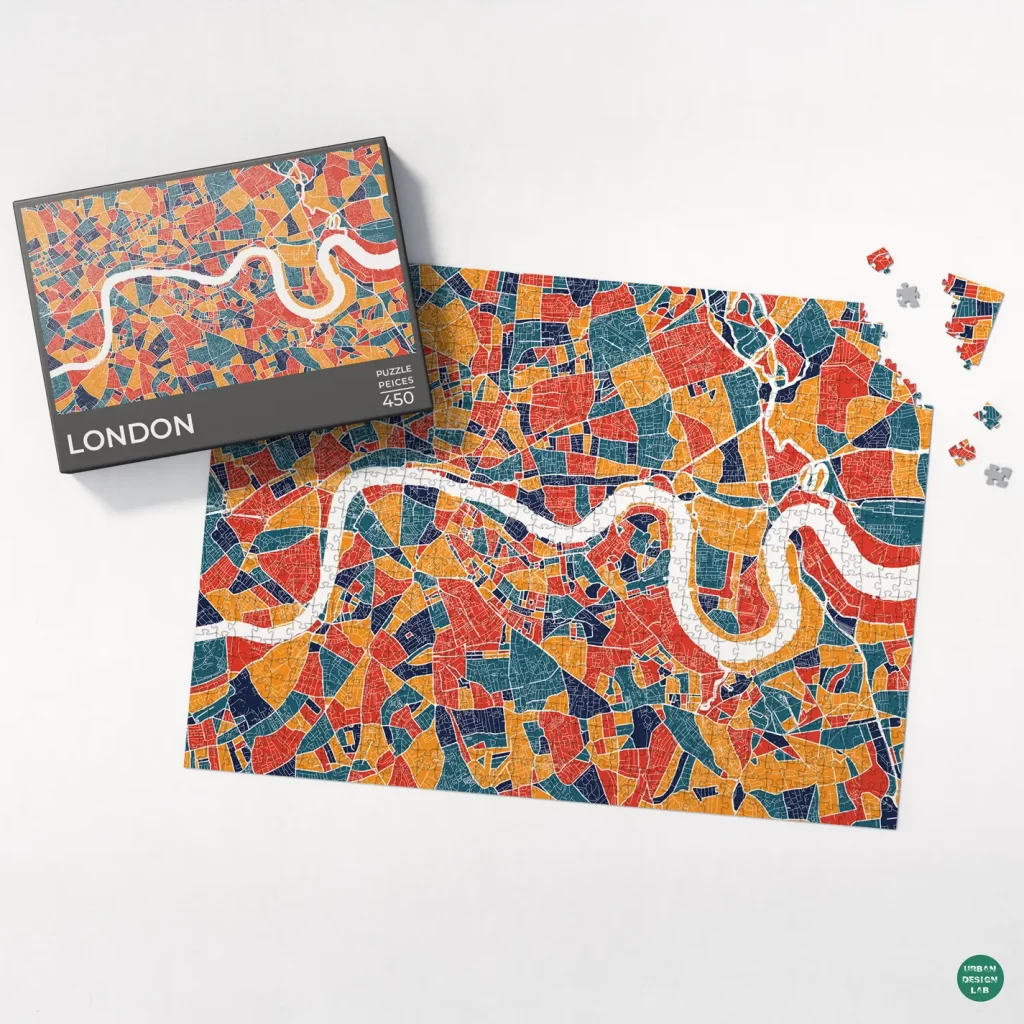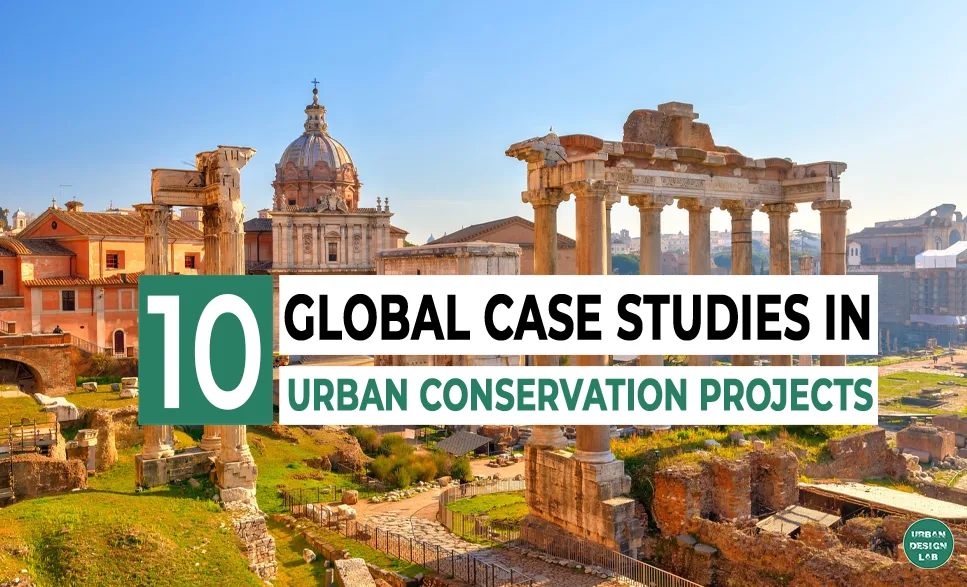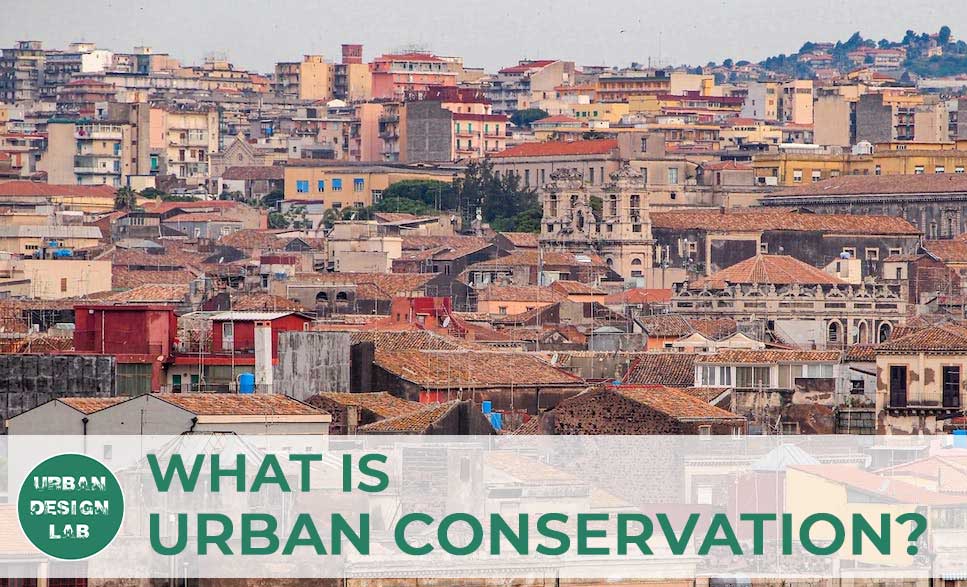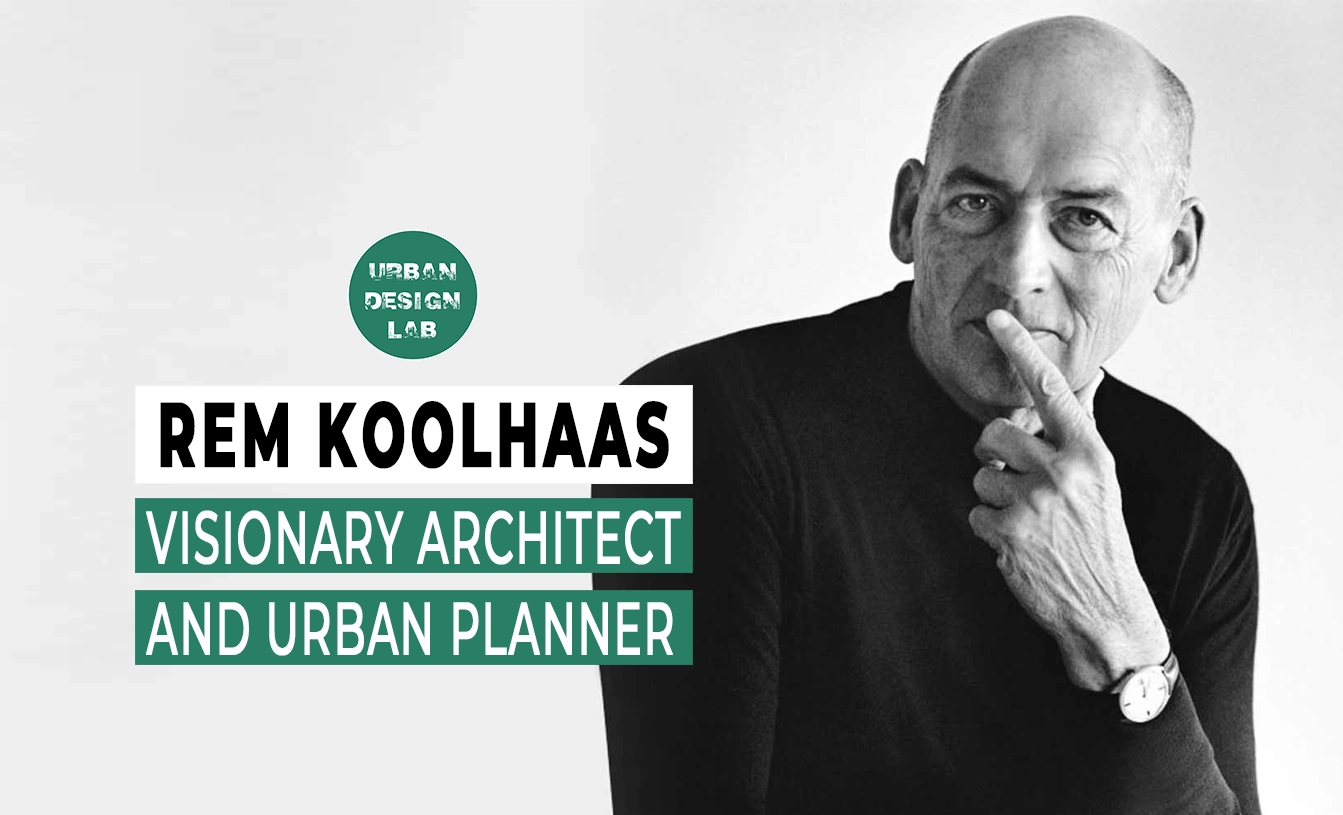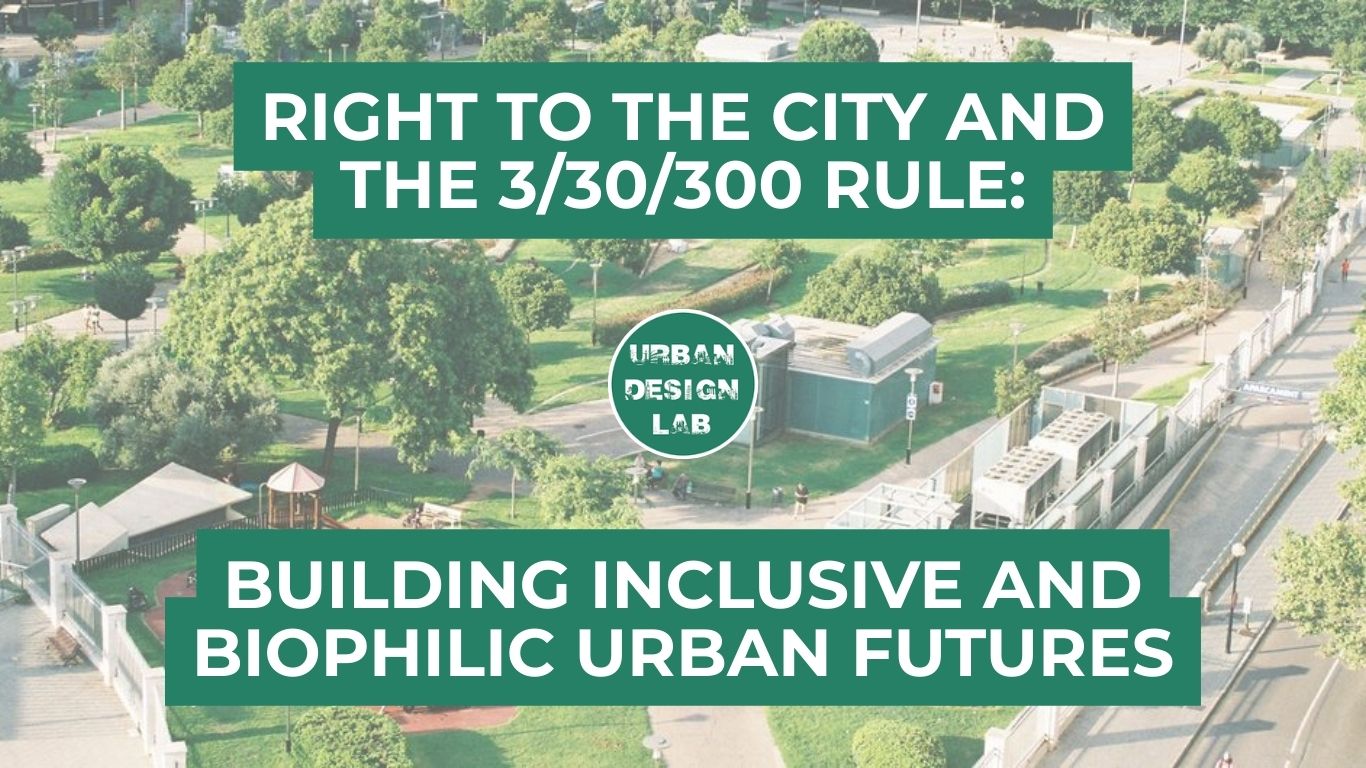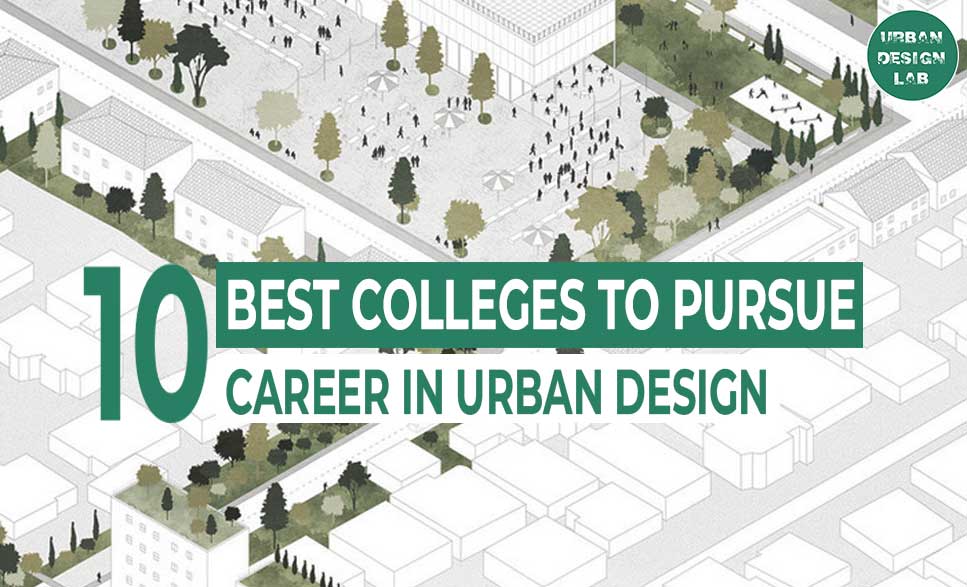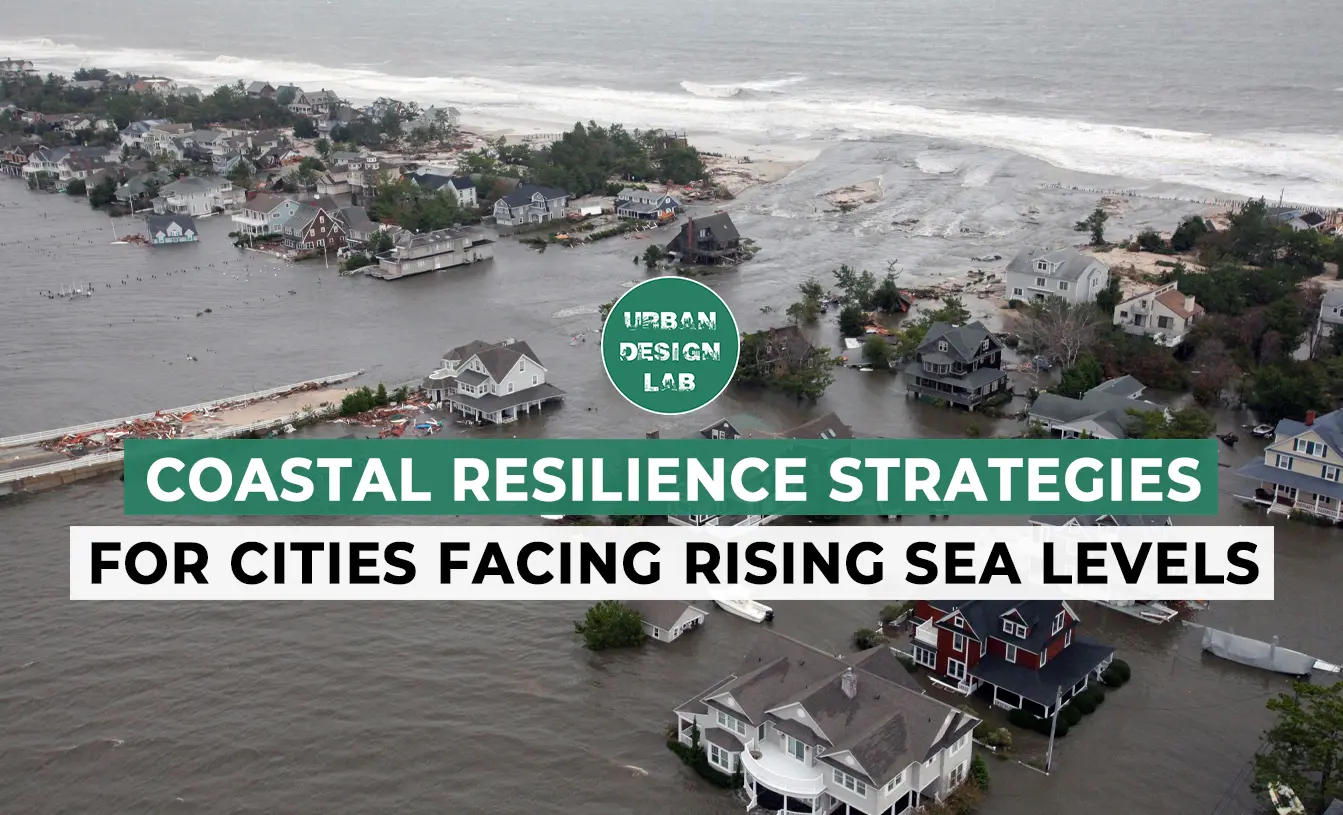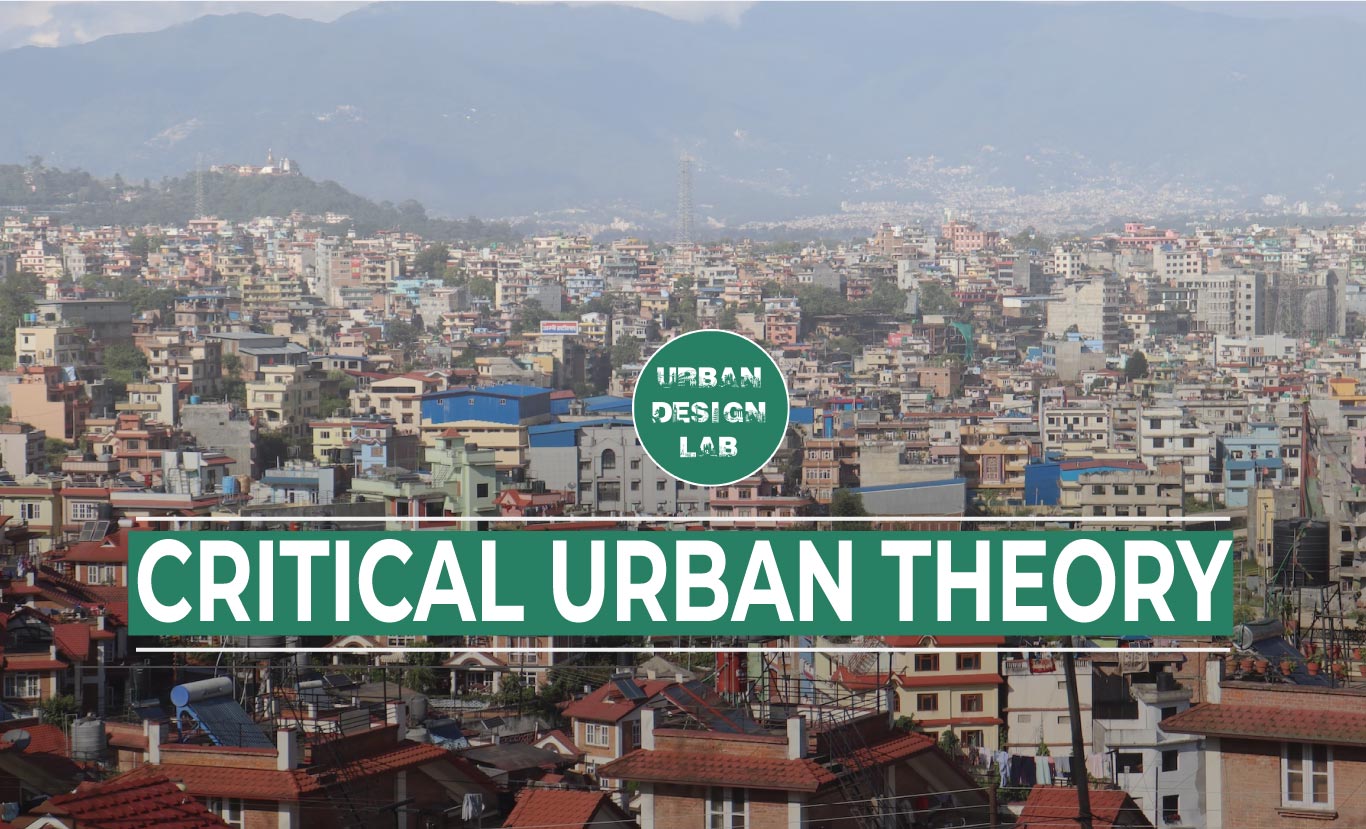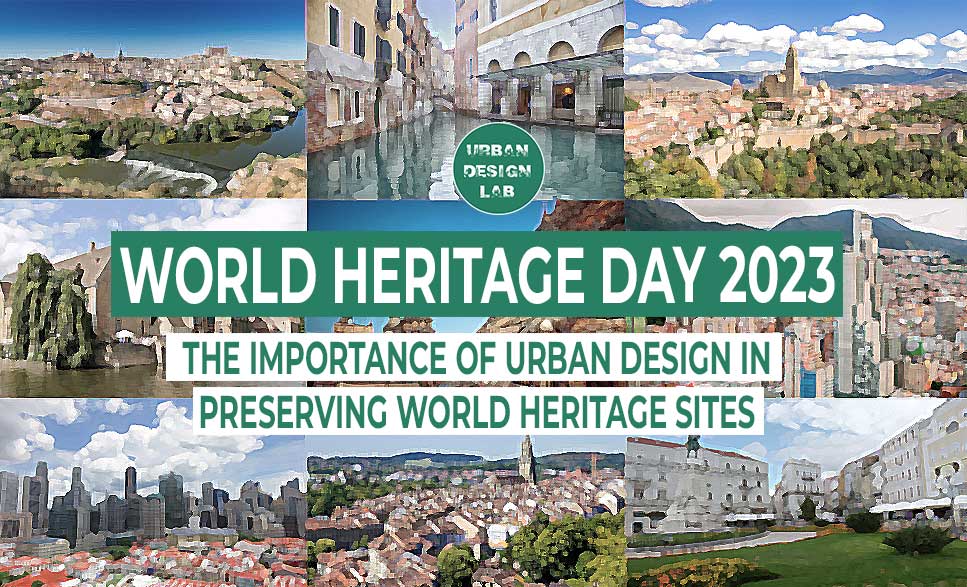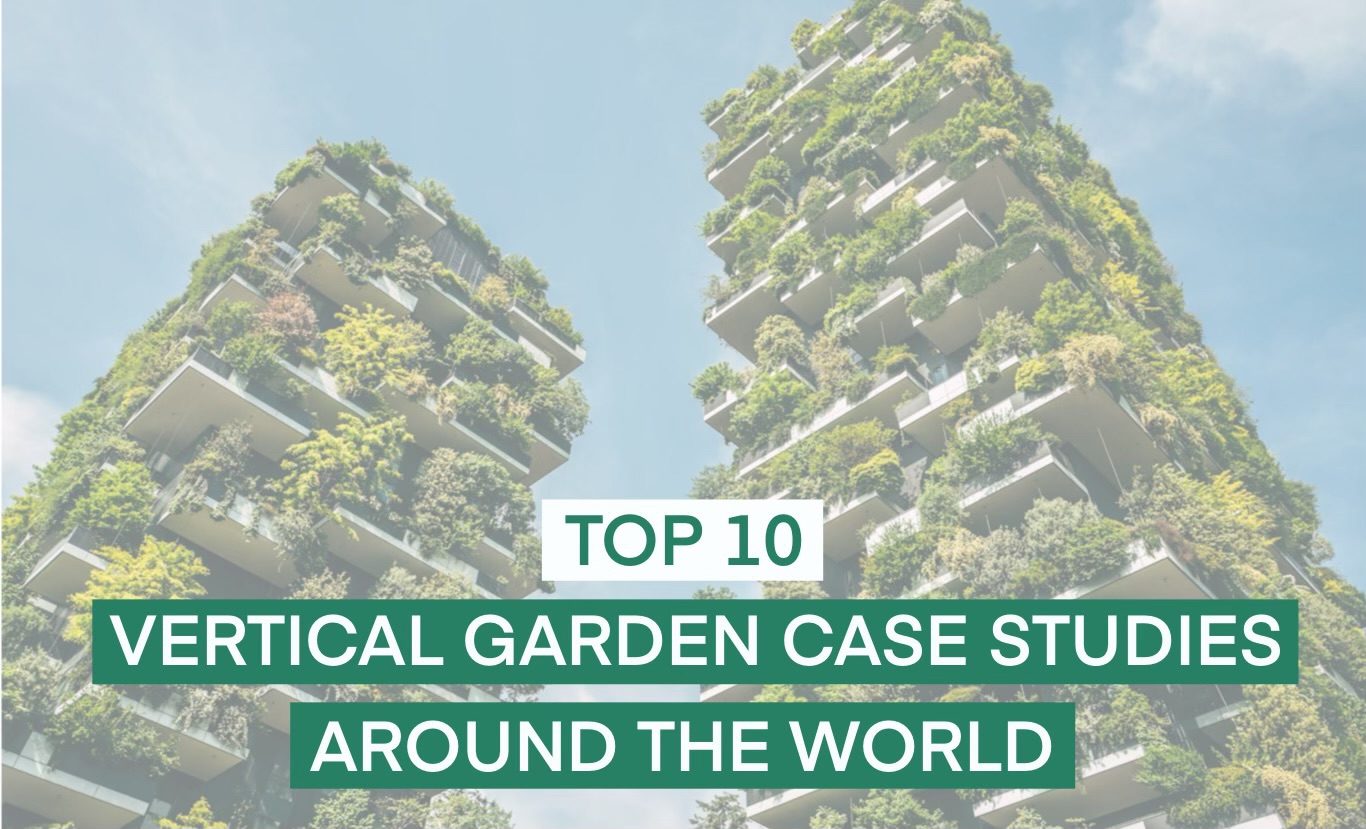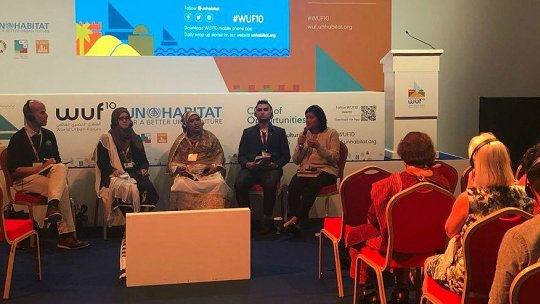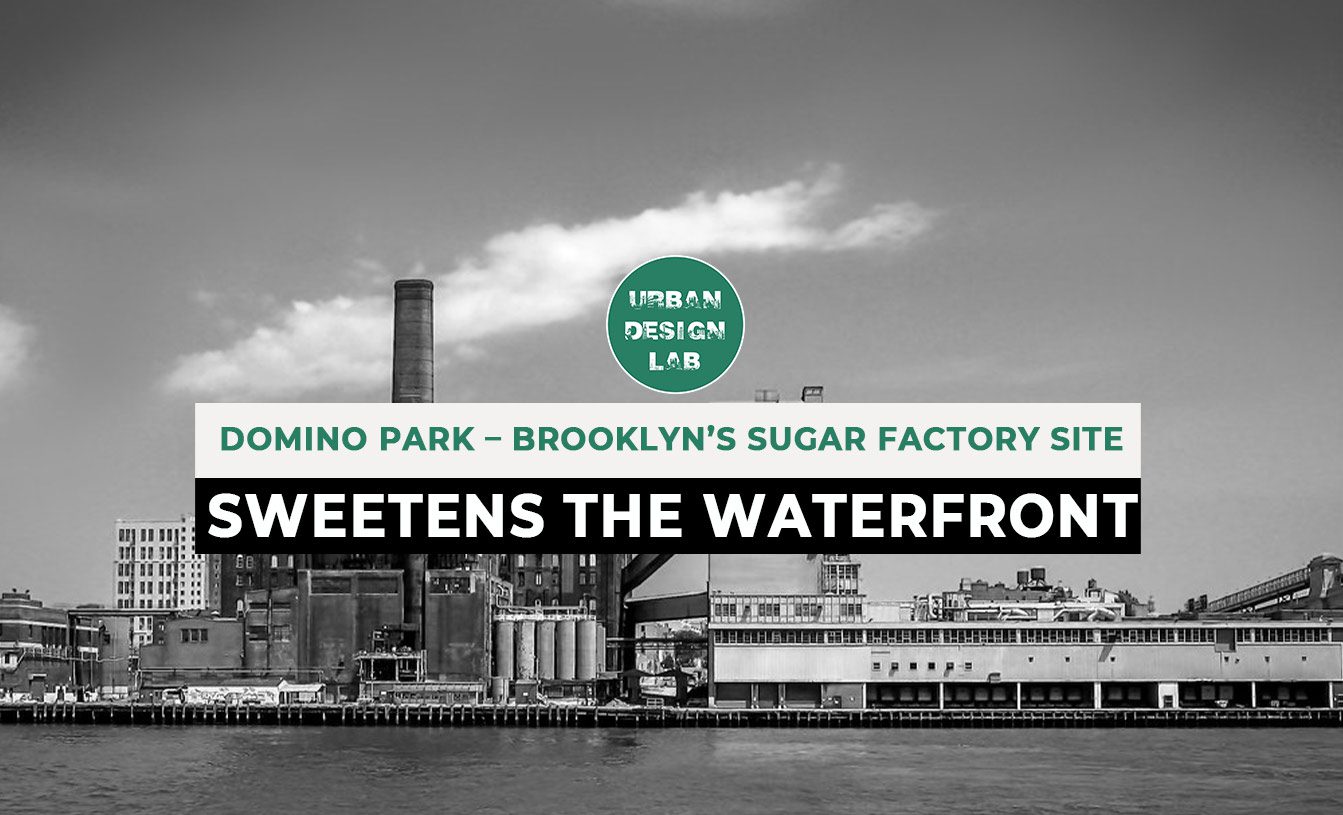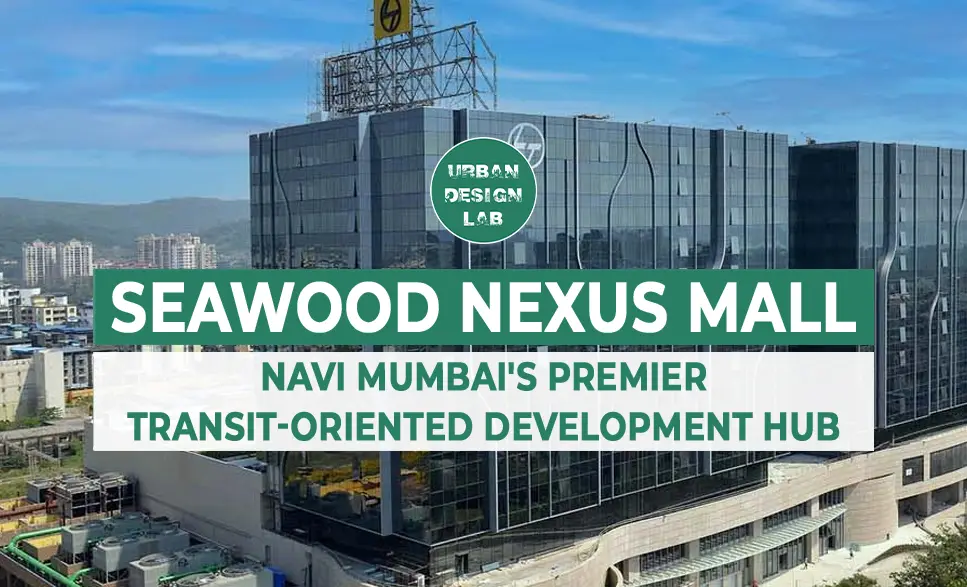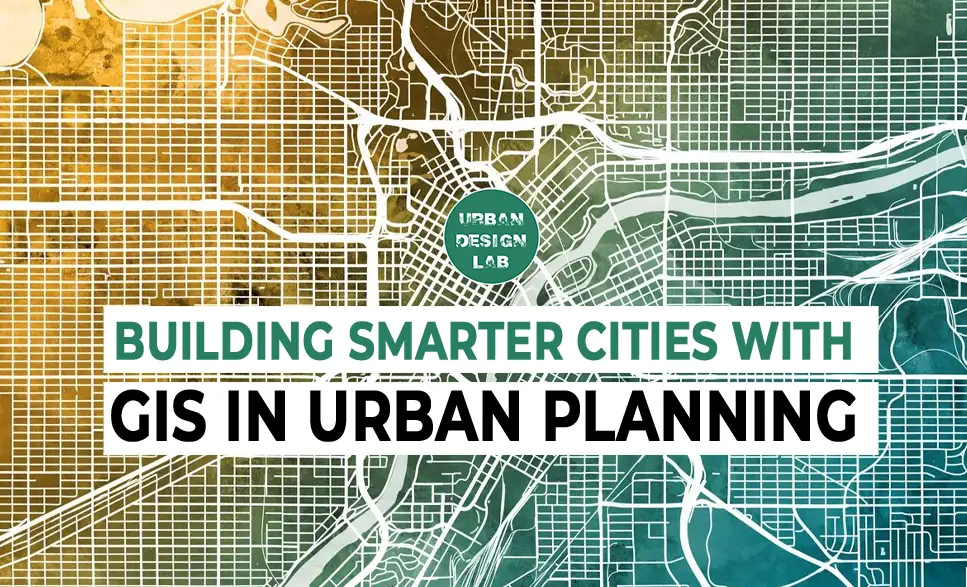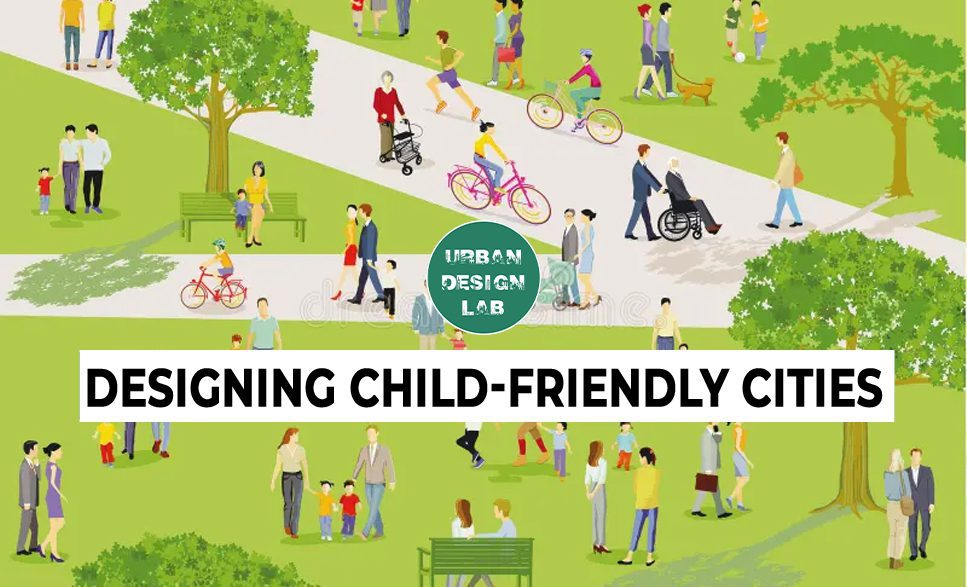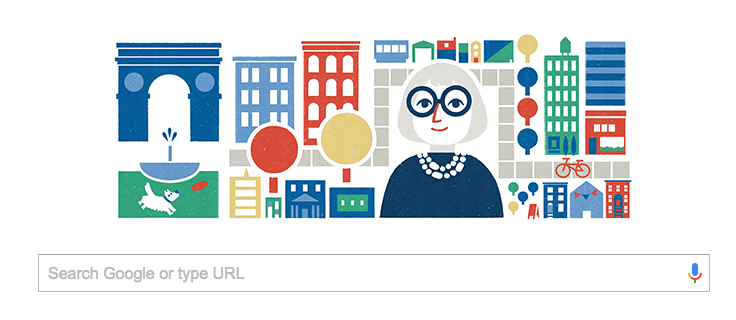
Best Cities for Street Food Tours Around the World: A Guide for Urban Foodies
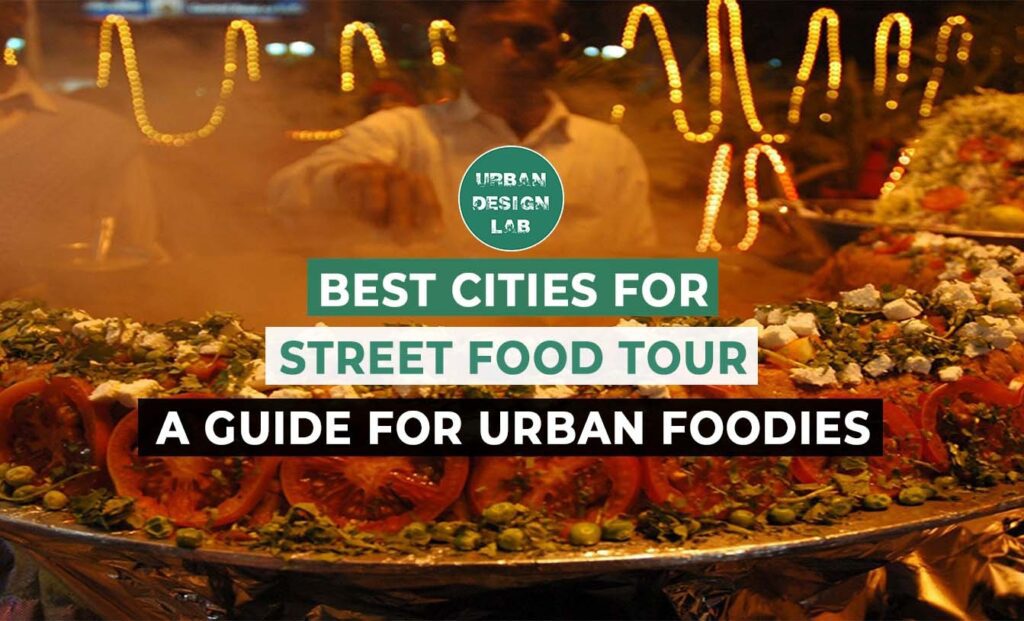
Street food is more than just a quick meal; it’s an integral part of city culture, a strong economic force, and a leading inducement for culinary tourism. This article is an analytical guide to the world’s top cities for street food tours, going beyond impressionistic lists to assess destinations on a specified set of standards. Through its evaluation of cities based on food diversity, vendor reach, cultural relevance, and overall hygiene level, this article selects a handpicked list of world hotspots such as Bangkok, Mexico City, Marrakech, Hanoi, and Delhi. Each city’s food ecosystem, signature dishes, and primary culinary neighborhoods are presented through an analysis of each city. Finally, this study tells us that street food is among the most genuine spectacles by which the urban foodie can see and learn about a city’s history, society, and living heritage.
Introduction
The contemporary city expresses itself in many ways, but few are as expressive, colorful, and comprehensible everywhere as its cuisine. Although Michelin-starred dining establishments provide one statement of gastronomic art, the authentic, raw heart of the gastronomic heart of a city is most likely found on its streets. The sizzle of grilled meat, the vapor that rises from a boiling pot of noodles, the bold colors of fresh chutneys and salsas—this cornucopia of sensations is the character of street food, a tradition that transforms public places into open-air restaurants full of activity.
For today’s urban foodie, a visitor who wants to grasp a destination by its tastes, street food is the holy grail. But what makes a city a true world-class street food city? It is more than about possessing several well-known dishes. The great destinations are rich culinary systems where food is inextricably bound up in everyday life, history, and urbanism. This article offers a framework for locating these best-of locations and provides an analytical visit of five cities that represent the best in global street food culture.
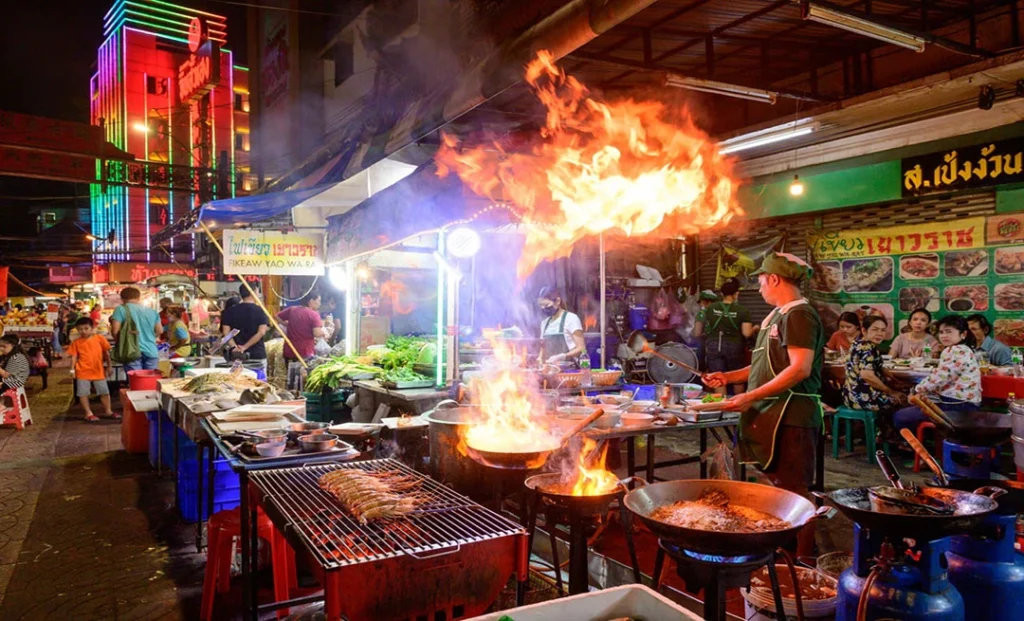
Methodology: Criteria for a World-Class Street Food City
To rise above personal choice, the cities covered in this article were chosen and compared with regard to four fundamental factors that constitute an excellent street food culture.
- Diversity and Authenticity: The city should have a variety of authentic, locally originated dishes that represent its regional heritage. It’s depth and breadth—a wide mix of flavors, not just one or two popular bites.
- Accessibility and Density: Good street food must be conveniently accessible. A high density of vendors in open public spaces, whether night markets filled with action, purpose-built food streets, or spontaneously established neighborhood clusters, renders it possible to eat widely on foot.
- Cultural Significance: The cuisine must be more than a tourist draw. It should be strongly woven into the fabric of daily life for residents of the city, embodying a pillar of local social and cultural identity.
- Baseline of Hygiene: Though there is an element of adventure involved, world-class destinations have set visible standards around food safety and cleanliness that act as a baseline of protection for residents and tourists alike.
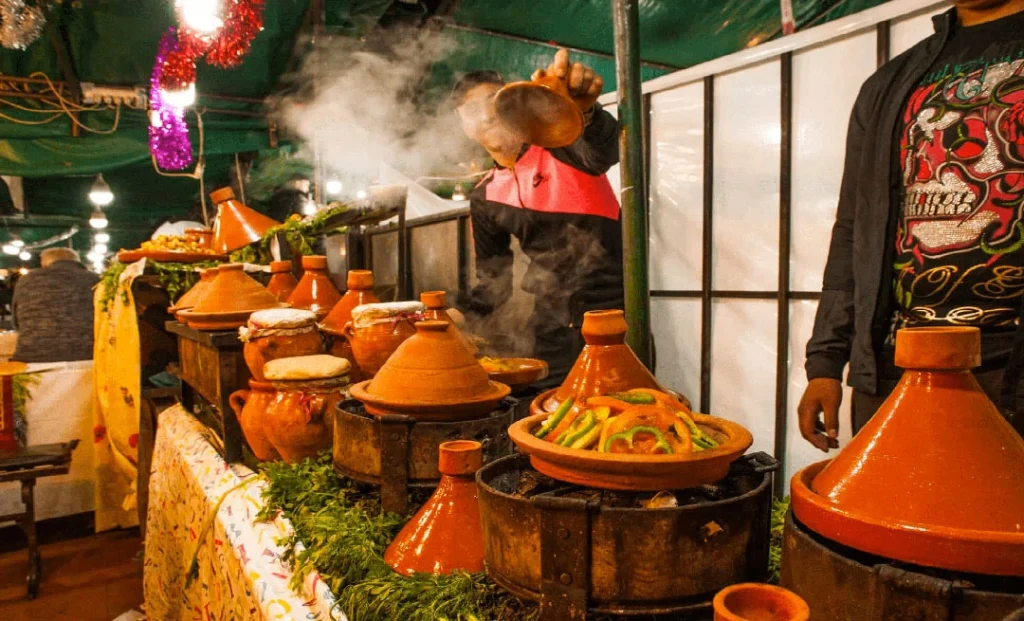
Source: Website Link
The Global Street Food Hotspots: An Analysis
Bangkok, Thailand: The City of a Thousand Flavors
Bangkok is a 24/7 street food icon, where countless stalls serve intricate, balanced dishes across every hour and alley.
- The Setting: From dawn noodle soups to late-night grills, side streets double as communal dining rooms.
- Best Bets: Pad Thai, Moo Ping, Som Tum, Khao Niao Mamuang.
- Must-See Neighborhoods: Yaowarat (evenings), Wang Lang Market (local favorites).
Mexico City, Mexico: A Cornucopia of Corn
Mexico City’s street food celebrates maize mastery, with sprawling puestos and markets feeding the metropolis day and night.
- The Setting: Street food powers daily life, sunrise to midnight.
- Must-Try Foods: Tacos al Pastor, Tlacoyos, Elote.
- Avenues: Centro Histórico, La Condesa, and Roma.
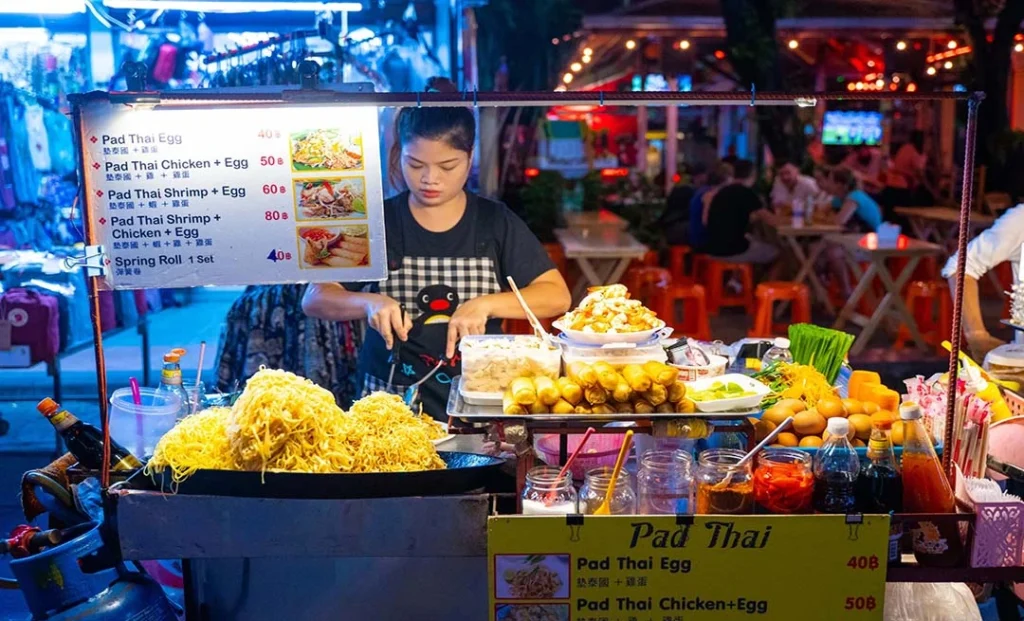
The Global Street Food Hotspots: An Analysis (cont.)
Marrakech, Morocco: Djemaa el-Fna Theatre
As night falls, Djemaa el-Fna turns into a dazzling open-air restaurant of numbered stalls, and uniquely Moroccan treats.
- The Setting: A theatrical, organized scene with musicians and storytellers; nearby medina lanes hide countless culinary gems.
- Must-Try Foods: Tagine, Mechoui, Harira, sausages, snail soup.
- Top Spots: Djemaa el-Fna as the epicenter; medina souks for daytime bargains.
Hanoi, Vietnam: A Culture of Freshness and Harmony
Hanoi’s street food celebrates freshness and balanced flavors, with the Old Quarter’s tiny lanes overflowing with stools, steam, and sizzling platters.
- The Atmosphere: Unhurried and social; low stools foster convivial closeness.
- Must-Try Foods: Phở, Bún Chả, Bánh Mì, Cà Phê Trứng (egg coffee).
- Regions to Explore: The Old Quarter, where many streets specialize in a single dish.
Delhi, India: A Heritage of Mughal and Streetside Feasts
Delhi’s street food blends Mughal legacies and Punjabi verve into a vibrant mix of sweet and savory classics.
- The Scene: Passionate and intense; Chandni Chowk is a storied, chaotic maze of historic stalls.
- Must-Try Dishes: Chaat (e.g., Aloo Tikki), Chole Bhature, Parathas, Jalebi.
- Key Locations: Chandni Chowk for heritage eats, Lajpat Nagar market, and vendors around Connaught Place.
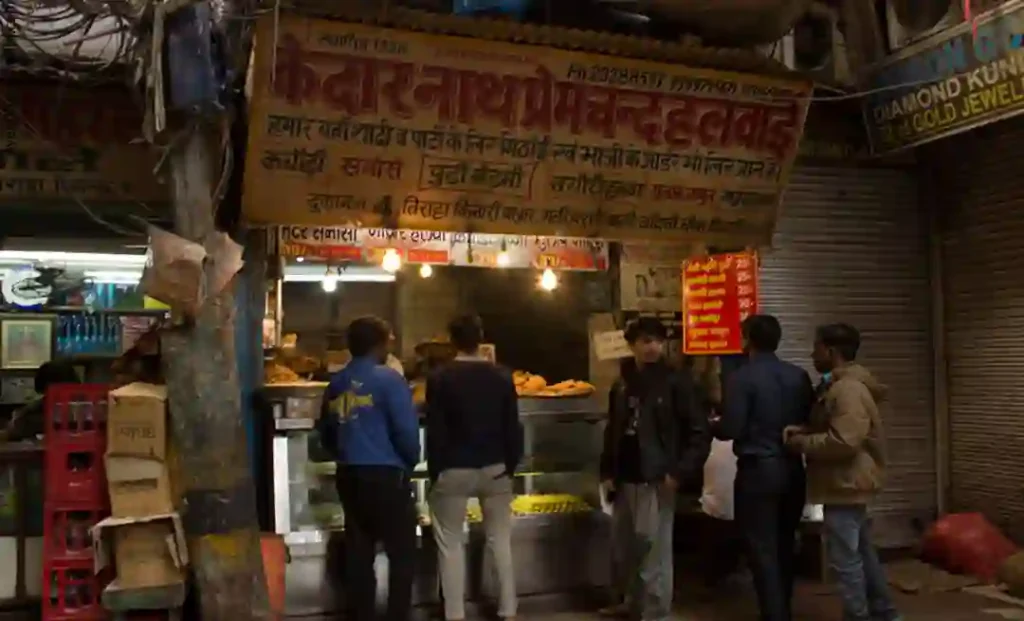
Discussion: Street Food as Urbanism
A city’s street food scene is an even stronger prism for understanding its urban economy.
- An Economic Engine: It is a significant component of the informal economy, giving millions easy entrepreneurship opportunities, very often for migrant and lower-income households. It’s a low-entry-barrier enterprise supporting much of the city’s population.
- The Construction of Social Space: Street food stalls are more than simply sales points; they are “third places.” They are casual, everyday spaces where individuals from varying social classes mingle, chat, and form bonds, transforming a humble sidewalk into a living room.
- The Challenge of Modernization: This lively culture is ever at risk. Urban bylaws to “clean up” or “modernize” the city tend to single out street food vendors. Gentrification may drive them out of their long-standing locations. The task of cities is to be able to enhance hygiene and public order without eliminating the very informality and accessibility that makes street food culture so wonderful.
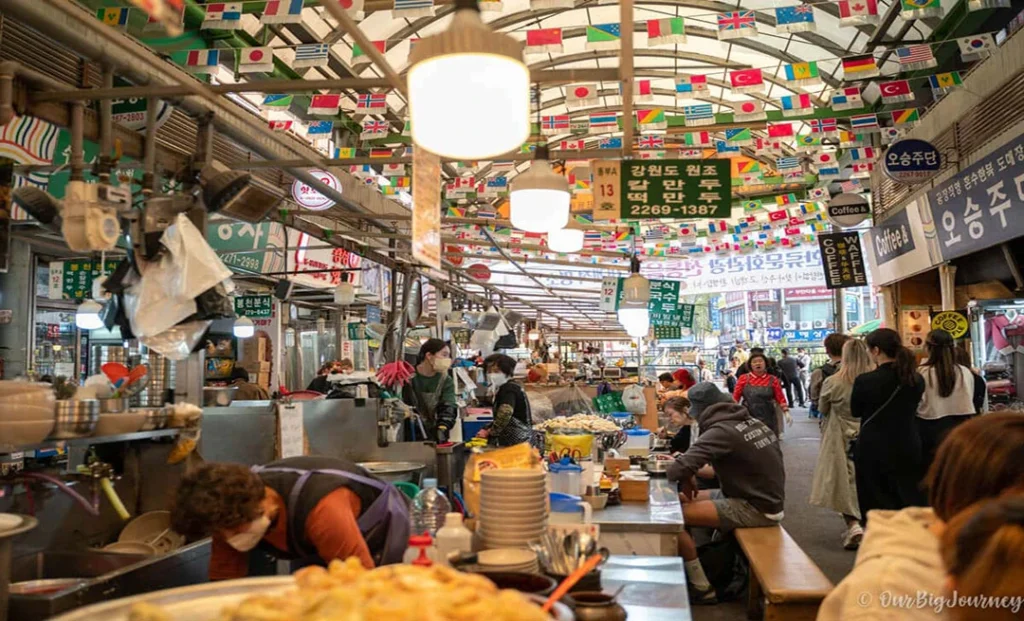
-1
-1
-1
-1
-1
The greatest street food cities provide not just a menu of delicious foods, but an immersion in culture. They are the narrative of migration, commerce, agricultural heritage, and social innovation. For the urban foodie, stepping into this world is the shortest path to a city’s heart, getting a taste of its past and being a part of its everyday life, if only for an instant. As the world becomes more global, the distinct, real, and intensely local tastes on the streets of Bangkok, Mexico City, Marrakech, Hanoi, and Delhi serve as a tasty reminder of the force of place. The final lesson is to eat with wonder, to value the artistry of the street seller, and to acknowledge the spectacular urban systems that deliver these treats to the street each day.
- Bourdain, A. (2001). A Cook’s Tour: Global Adventures in Extreme Cuisines. Bloomsbury.
- Henderson, J. C. (2020). Food, tourism and the city: A perspective on street food. Journal of Gastronomy and Tourism, 4(4), 195-207.
- Long, L. M. (Ed.). (2015). The Ethnic Entree: The Story of Food in America. Rowman & Littlefield.
- Yasmeen, G. (2007). The flavors of the city: A socio-historical study of street foods in Bangkok. Kasetsart University Press.
- Zukin, S. (2012). The creation of a “local” food landscape. City & Community, 11(1), 23-28.

Sauhard Kukreti
Sauhard Kukreti is an architect currently advancing their expertise through a Master’s degree in Planning, specializing in Regional Planning. Their academic and professional interests are deeply rooted in regional planning and development policies, with a focus on sustainable and efficient regional transportation and rural development. They are also keenly interested in the natural environment and its conservation, addressing climate change impacts and mitigation strategies. Furthermore, Sauhard Kukreti explores the integration of artificial intelligence and machine learning to innovate within the field of regional planning.
Related articles
UDL GIS
Masterclass
Gis Made Easy- Learn to Map, Analyse and Transform Urban Futures
Session Dates
15th-19th December 2025

Urban Design Lab
Be the part of our Network
Stay updated on workshops, design tools, and calls for collaboration
Curating the best graduate thesis project globally!

Free E-Book
From thesis to Portfolio
A Guide to Convert Academic Work into a Professional Portfolio”
Recent Posts
- Article Posted:
- Article Posted:
- Article Posted:
- Article Posted:
- Article Posted:
- Article Posted:
- Article Posted:
- Article Posted:
- Article Posted:
- Article Posted:
Sign up for our Newsletter
“Let’s explore the new avenues of Urban environment together “
